Day 6! At this point it was beginning to feel like we’d spent a year on the river. The call to “COFFEE!” rang out loud and clear, bringing the party back to life as we all stirred from our cots. The beach where we’d set up camp was still in deep shadow, but the sky was beginning to lighten overhead. We had our breakfast, drank more of the strong coffee, broke down the cots and packed our gear, true veterans by now, almost (but not quite) comfortable in our surroundings. Pampered though we were, with most of the hard work being done by the crew, this was still a rugged trip. I wasn’t accustomed to sleeping on a cot under the stars, and as much as I appreciated the magnificent views of the milky way overhead each night, I wasn’t getting particularly good rest. I was staying clean, more or less, washing in the frigid river every day, but by day six I would have happily paid $500 for a real hot shower. This far downriver, the water was no longer 45 degrees, so our cold drinks, suspended in net bags dragging in the river beneath the rafts, were cool, at best, and I probably would have sacrificed a body part for a bucket of ice. And then there was the notion of sharing a camp toilet with 25 other people. We were all becoming reasonably good friends after most of a week together, but seriously, folks, there are limits.
When it came time to load the boats, we were ready, and we were back on the river and motoring away well before 8 AM. 164 Mile Rapid, pretty much of a riffle, was just below the camp, and not far beyond the rapid, a couple of miles at most, we pulled over on river left for our first excursion of the day, National Canyon:
This was not a slot canyon like Blacktail, but it wasn’t all that large, either. National Canyon had been carved into the sandstone by rainy season floods over the course of tens of thousands of years, and in this relatively dry time of the year, there was no water running in the stream. Only a little mud and some shallow puddles choked with moss and algae, fed by moisture that had seeped down from a rock lined spring just a bit further up the canyon. The spring was a year-around water source, but the volume was low, so its entire output soaked into the parched soil long before it reached the river.
By the time the sun cleared the canyon walls, shortly after we began our hike, temperatures started climbing. It was only the first week of June, but summer comes early to the depths of the canyon, and the rocks tend to magnify and concentrate the heat. By the time we got to the spring, most of us were ready to jump in the pool and cool off.
The blocky sandstone cliffs rising up in every direction were quite extraordinary, and the jumble of multicolored rock that littered the canyon floor was testament to the power of the floods that can rage through this area after heavy rains. In Arizona’s monsoon season, mid-July through August, river runners can get quite a different perspective. Powerful storms, which come mostly late in the day and last well into the evening, can make camping under the stars a bit problematic, and normally dry side canyons can fill quite rapidly with muddy, fast running water. But there are benefits as well: the rapids on the river run faster and deeper, and cascades can spring from almost anywhere on the canyon walls, adding a rare element of beauty to the scene. Too much rain in too short a span of time is another story altogether, because flash floods can be deadly if you’re in the wrong place at the wrong time. Experienced outfitters pay close attention to the weather. Being prepared for it, and knowing where NOT to set up a camp, can make all the difference in the world.
There was no rain this day, and no clouds, either, so we all worked up a fair bit of a sweat on the hike back down the canyon to the rafts. Setting out again, we hit Fern Glen Rapid almost right away, and a couple of miles further down was Gateway Rapid, a little bigger, with a ten foot drop. We actually welcomed the splashing this time, and John, the boat driver, knew just how to steer into those waves, making sure we all got at least a little bit wet. Next was a relatively quiet stretch, which gave us ample opportunity to contemplate our next challenge, which was coming right up: the big Kahuna, the one we’d all been waiting for: <<Lava Falls>>, the only Class 10 rapid in the canyon other than Crystal. Lava Falls isn’t the biggest rapid in the Grand Canyon, because it has a relatively short run, but it’s widely considered to be among the baddest stretches of whitewater in North America. We passed a large chunk of black rock sticking out of the river on our left, a remnant of a solidified lava plug from the core of an ancient volcano:
That was Vulcan’s Anvil, the landmark that announced our impending arrival at Lava Falls, which is sometimes referred to as Vulcan, after the Roman god of fire. It’s the lava deposits beneath the surface of the river that created this rapid, but the anvil was the only piece of it that showed.
“Two Hander!” John called out rather gleefully, and we all clung to the ropes for dear life as the raft picked up speed. We were headed straight for the boil of the rapid, which was roaring like a freight train, bearing down. John hadn’t bothered to scout this one first. He knew what he was doing, and his confidence really showed. We entered the churning whitewater pretty much dead center, then moved hard to the right to avoid the standing waves and the big holes in the middle of the channel. We got good and drenched at least three times, almost like running under a series of waterfalls, bucking and lurching like crazy, but the whole thing was over in less than a minute. Once we got to calmer water, John swung the nose of the raft around, pointing it back upriver toward the rapid, and held it stationary in mid-channel, gunning the outboard just enough to nullify the current, waiting and watching while Mikenna piloted our second raft, and the other half of our party, through the dangerous rapid. She may not have been as experienced as John, but she handled it like a pro, and in no time at all, our whole group was safe and sound on the other side.
A group of smallish three-passenger oar boats was pulled over to the bank at the top of the rapid when we first entered it. Once Mikenna’s raft was clear, she turned around nose first as well, and both boats stayed in place to act as spotters for the little guys, who had deliberately waited for us to pass, for that very reason. No matter how experienced the boatman, small rafts are in serious danger of flipping in these big rapids. If that happened, and if those rafters turned into swimmers, we’d be there to help fish them out of the water once they passed through the worst of it.
The first of the small rafts entered Lava Falls, two dudes, one of them on his feet at the oars, and quite dashing, wearing a helmet with horns and a pair of skin tight pants with a garish flame pattern. They sailed through it like it was nothing, shouting gleefully, a couple of well-seasoned river runners. The second boat carried two women, and when they hit the biggest wave the one handling the oars was very nearly thrown out, but she somehow managed to hang on, and she stayed with the raft, a very close call. The third and final raft was a guy and a gal, and the same thing happened to them—the raft bucked high in the air, but this time, the young woman crouching in the prow was thrown completely clear of the raft, tossed into the middle of the rapid headfirst. We were horrified, imagining the worst, but she was a trooper, and she’d obviously done this sort of thing before. She bobbed up to the surface almost immediately and swam for it, with powerful strokes, not rattled in the least, and her friends picked her up maybe a minute later, all of them laughing uproariously.
John and Mikenna turned the rafts around then and headed for shore, a wide rocky ledge, the perfect spot to have our lunch.
Several other rafts were already tied up at the ledge, a group we’d chatted with once before, further upriver. They were wildlife biologists doing a fish survey. Their technique was quite remarkable: they’d go out on the river after dark, when there was no other traffic,and they’d put probes in the water connected to big generators. The probes charged the water with a powerful jolt of electricity that stunned all the fish in the vicinity. The biologists would then net them, count them, and release them. The operation was repeated, over and over in different sections of the river, and from the results, they could extrapolate the fish population to a reasonable degree of accuracy.
While our crew was setting up tables and preparing our meal, the three oar boats we’d observed as spotters pulled up to the bank as well. They turned out to be an interesting group. They were experienced kayakers from northern California, on a self-guided fourteen day trip down the river, and they were basically fearless.
Here I was, an aging, out-of-shape tourist who had paid big bucks to make this trip in maximum comfort, with minimal risk. And here were those young folk, doing it all on their own, and having the time of their lives. Was I jealous? Maybe a little. And perhaps a bit wistful. Youth is such a fleeting commodity, and my hat is off to all the adventurous kids out there who make the most of it.
After lunch, we climbed back aboard the rafts and immediately hit Lower Lava, a serious rapid in its own right with a 14 foot drop.
A bit after that, 185 Mile Rapid, and just beyond, on river left, a windsock and an orange and white helicopter sitting on a concrete landing strip, the Whitmore Helipad. Many Grand Canyon rafters, those who have more money than time, end their trips at this spot, with a helicopter ride out of the canyon, cutting two full days and nearly a hundred miles of river out of their itinerary. While it’s true that the biggest thrills are above this point, I’d have to say that I’m really glad to have had the opportunity to run the whole length of the canyon, from start to finish. If you’re gonna do it, says I, do it right, and do it all.
Just past the helipad we hit Whitmore Rapid, at the foot of Whitmore Wash, then we had a long, quiet stretch of leisurely floating that lasted nearly 18 miles. 205 Mile Rapid was our last thrill of the day, a respectable Class 6 with a 13 foot drop. That pumped us all up again, and just in time. Beyond the rapid, we pulled over on river left, and set up our camp on a rocky beach.
We were down to the home stretch now. The next day, Day 7, would be our last full day on the river.
The slide show below has a few additional pictures from Day 6.
Click any of the images to expand them to full screen.
(Unless otherwise noted, all of these images are my original work, and are protected by copyright. They may not be duplicated for commercial purposes.)
The Adventure Continues:
This is an interactive Table of Contents. Click the pictures to open the pages.
A Grand Adventure! White Water Rafting on the Colorado River
Grand Canyon Rafting Expedition: Day 1
The two rafts were shoved away from the beach until they floated free, and the boat drivers eased them into the middle of the channel. We were mostly moving with the current, but the beach dropped behind us pretty quickly, and in a matter of minutes we were out there, rafting down the Colorado River, heading squarely into the enchanted depths of the Grand Canyon...
<<CLICK to Read More!>>
Grand Canyon Rafting Expedition: Day 2
The cliffs and buttes were a perfect composition, the different colored layers of stone were all but glowing in the afternoon light, and we had this incredible world all to ourselves, not another boat in sight.
<<CLICK to Read More!>>
Grand Canyon Rafting Expedition: Day 3
The waters of the Little Colorado are a turquoise blue that is so startlingly bright it doesn't even look real. There’s a well-defined spot where that warm, turquoise blue water from the small river collides with the cold, deep green water flowing upstream from the big river. The two dramatically different colors mix, forming a shifting, swirling line of chartreuse. That spot is the confluence. It's magical, and utterly unique.
<<CLICK to Read More!>>
Grand Canyon Rafting Expedition: Day 4
I was still a little dazed by the whole thing, scenes of frothing, churning whitewater playing over and over in my head. Fleecy white clouds were piling up above the canyon rim, nearly filling the narrow patch of sky, until the lowering sun set them afire, a Grand Canyon sunset display that was the finest we’d seen, worthy of the spectacular setting. A fitting end to one of the most amazing days of my life.
<<CLICK to Read More!>>
Grand Canyon Rafting Expedition: Day 5
The trail meandered for a mile or so, finally dropping down level with the creek, giving us access to a series of perfect swimming holes. There’s something about that exotic turquoise water that welcomes swimmers--you have to get in it, if only to assure yourself that it’s real. The creek was cool, but far from cold, and a welcome change from the icy water in the river. We stopped at a particularly inviting spot to swim, relax, and eat our lunch. Sitting beside that creek, with our simple repast--it was like having a picnic in the Garden of Eden.
<<CLICK to Read More!>>
Grand Canyon Rafting Expedition: Day 6
“Two Hander!” John called out rather gleefully, and we all clung to the ropes for dear life as the raft picked up speed. We were headed straight for the boil of Lava Falls, which was roaring like a freight train, bearing down. We entered the churning whitewater pretty much dead center, then moved hard to the right to avoid the standing waves and the big holes in the middle of the channel. We got good and drenched at least three times, almost like running under a series of waterfalls, bucking and lurching like crazy, but the whole thing was over in less than a minute.
<<CLICK to Read More!>>
Grand Canyon Rafting Expedition: Day 7
Immediately below that beach we hit Diamond Creek Rapid, then Travertine Rapid, where we pulled over to the bank at Travertine Canyon. The creek that entered the river here flowed across huge, slippery boulders in a series of small waterfalls, and we had great fun taking turns standing in the flow, almost like a natural shower.
<<CLICK to Read More!>>
Grand Canyon Rafting Expedition: Day 8
The river broadened as we approached Lake Mead, and at mile 278 we entered the lake itself. Pearce Ferry was right there, and we were all pretty quiet as the rafts pulled in to shore for the last time. “Thrill of a lifetime” is a pretty strong statement, but it’s appropriate for this journey. There’s nothing else like it.
<<CLICK to Read More!>>
Grand Canyon Rafting
You find a rope, any rope, and you grab on with both hands for all you're worth. The river boils like the North Sea in a gale, great, rolling green waves and troughs. The raft plummets sideways into a hole fifteen feet deep, the outboard motor shrieks, a monster wave towering ten feet above your head comes crashing down across the deck, pummeling the passengers like a gigantic liquid fist that takes your breath away, leaving you suspended, time stopped, frozen in mid-scream.
<<CLICK to Read More!>>
There's nothing like a good road trip. Whether you're flying solo or with your family, on a motorcycle or in an RV, across your state or across the country, the important thing is that you're out there, away from your town, your work, your routine, meeting new people, seeing new sights, building the best kind of memories while living your life to the fullest.
Are you a veteran road tripper who loves grand vistas, or someone who's never done it, but would love to give it a try? Either way, you should consider making the Southwestern U.S. the scene of your own next adventure.
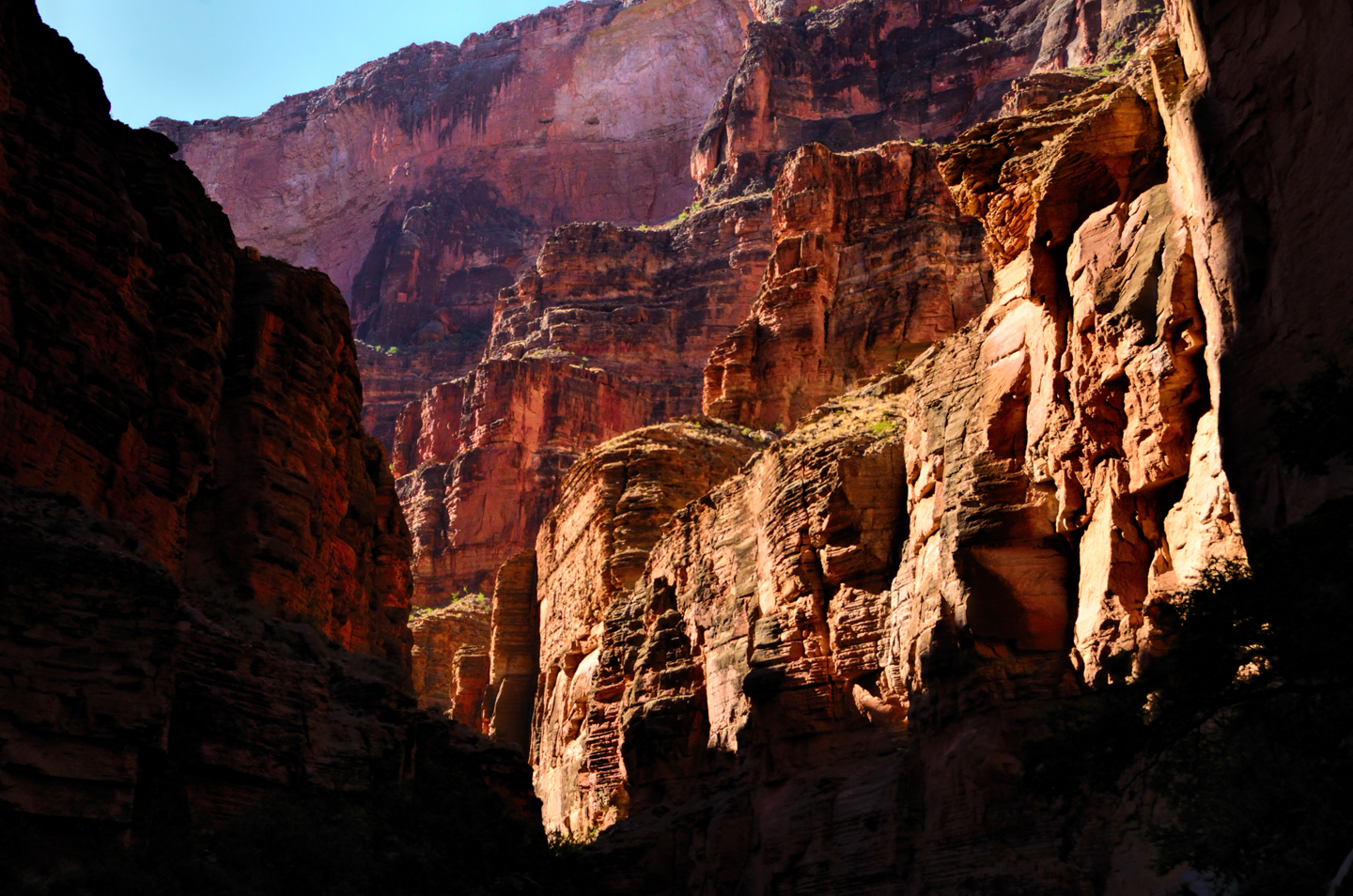
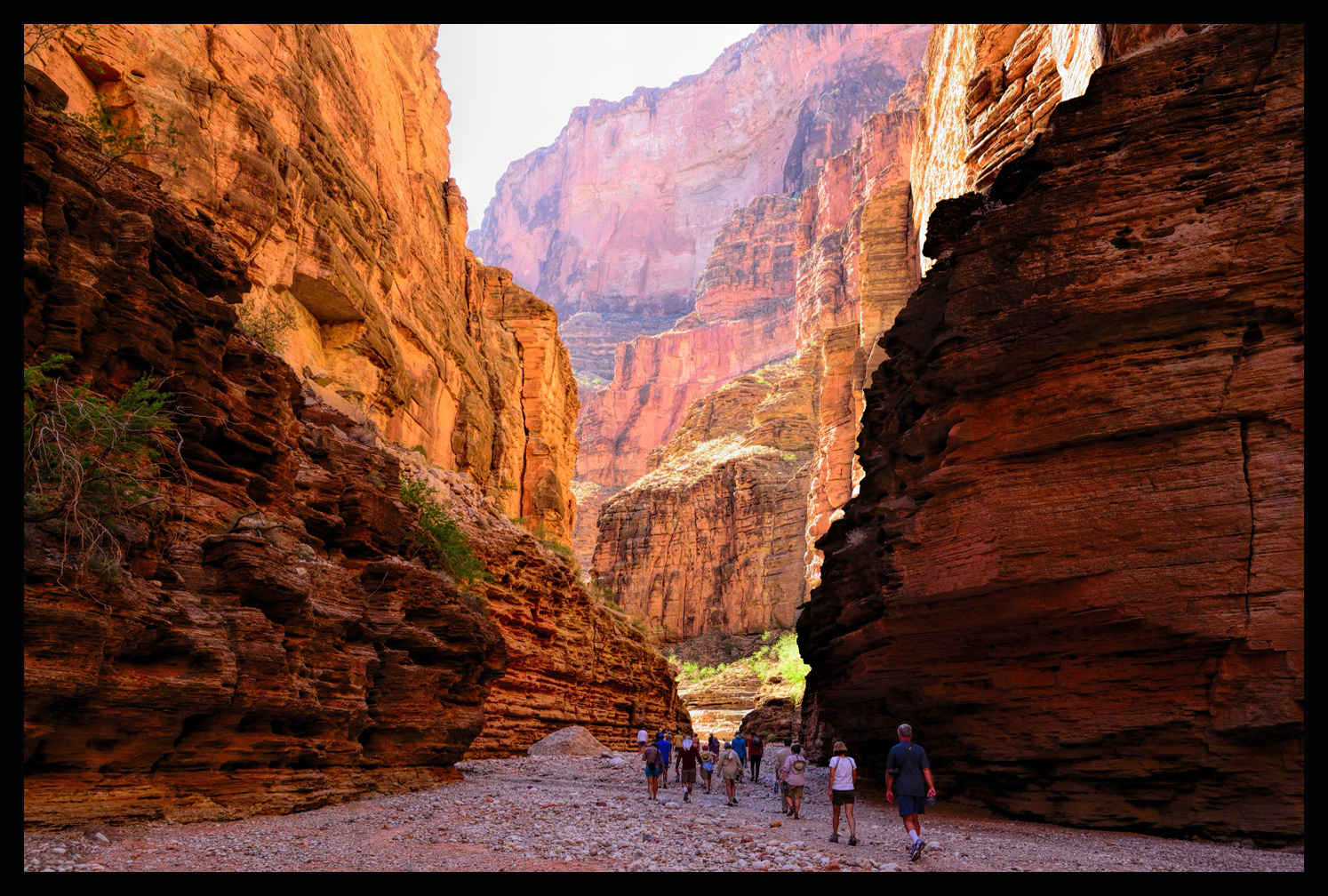
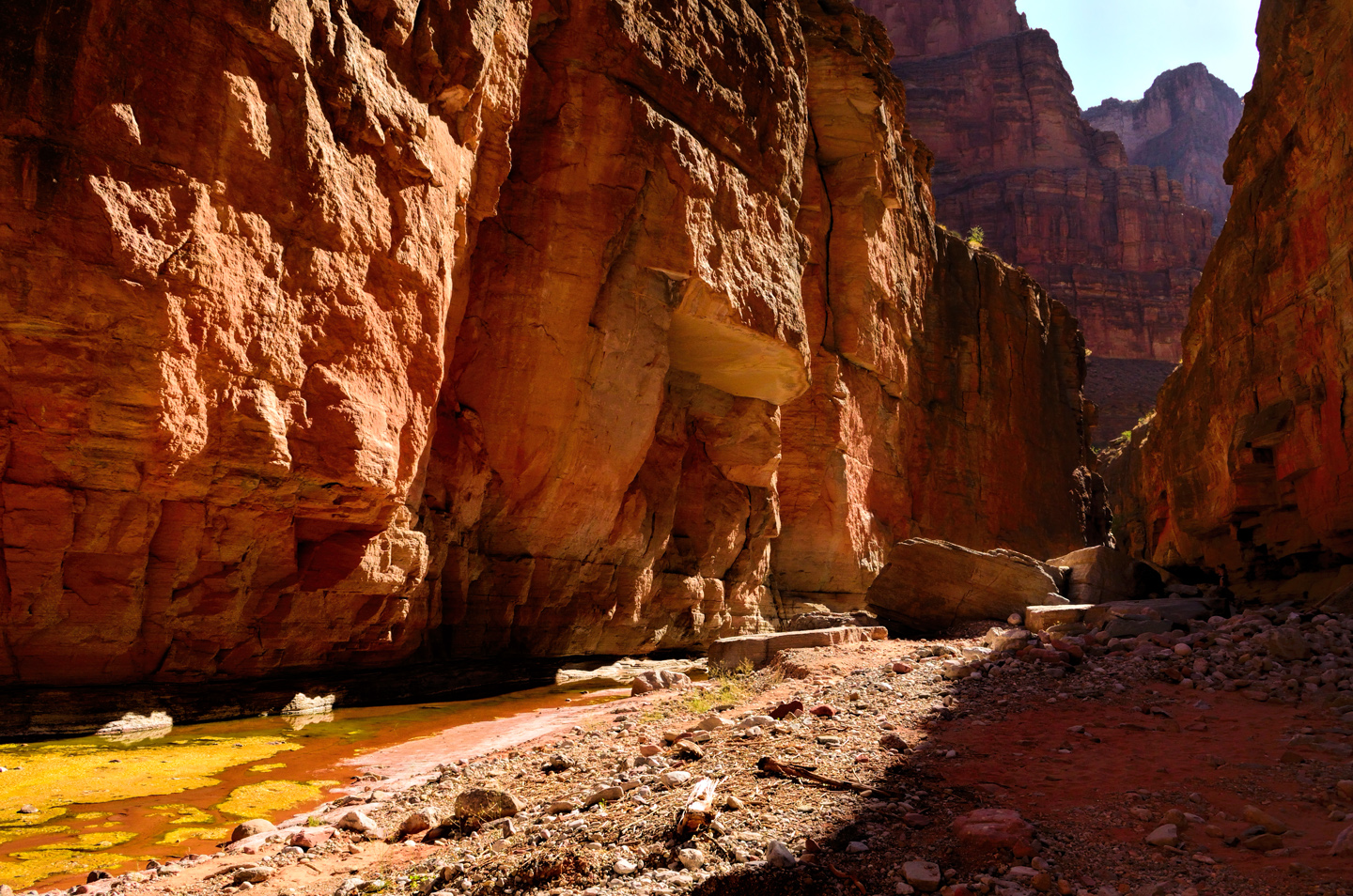
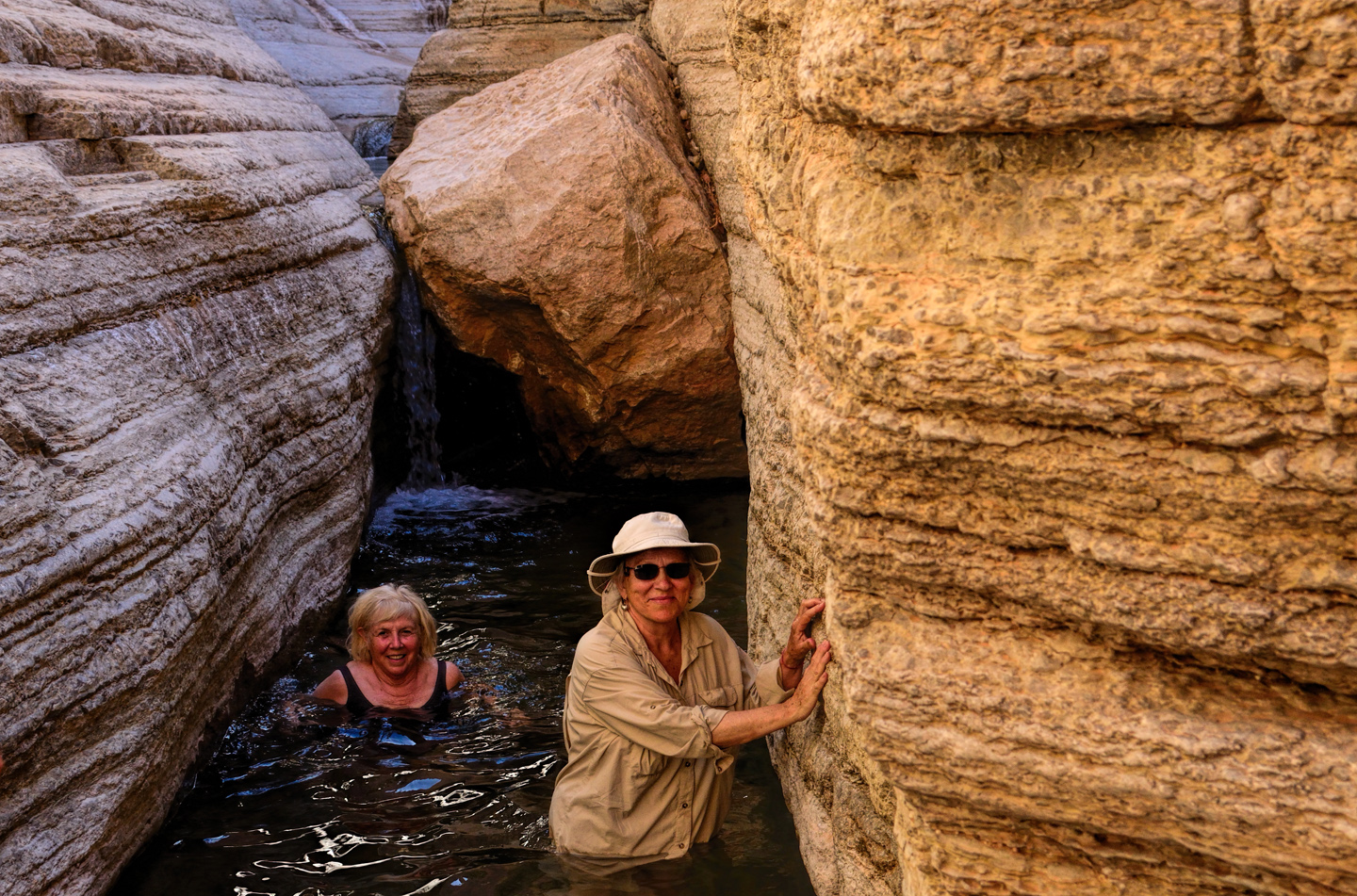
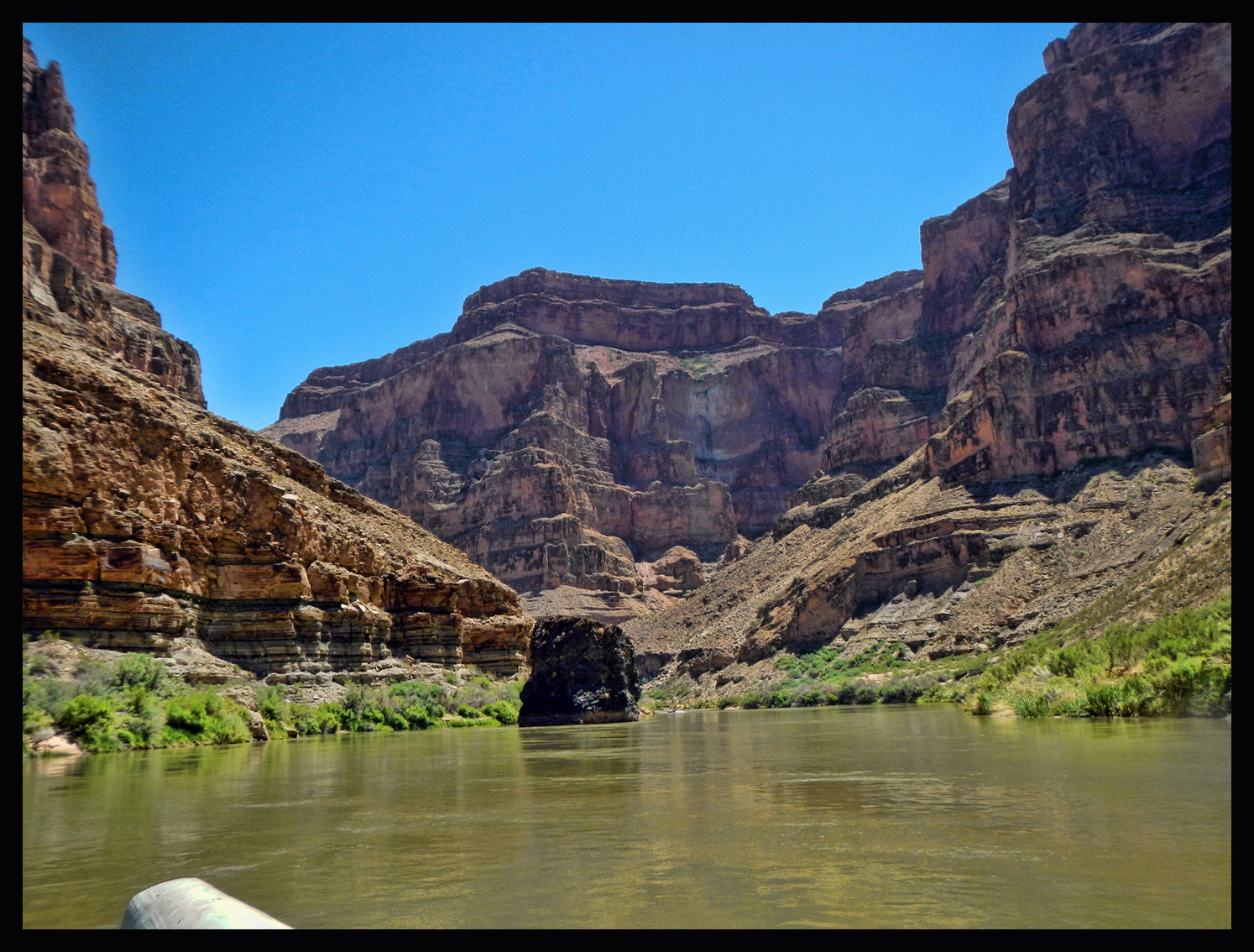
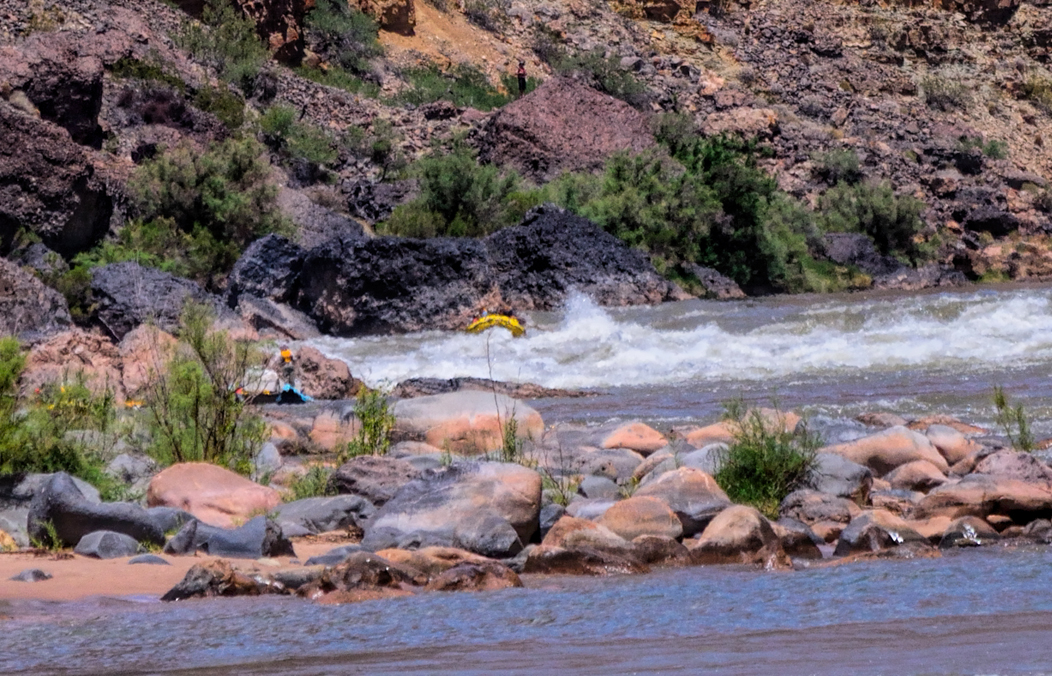
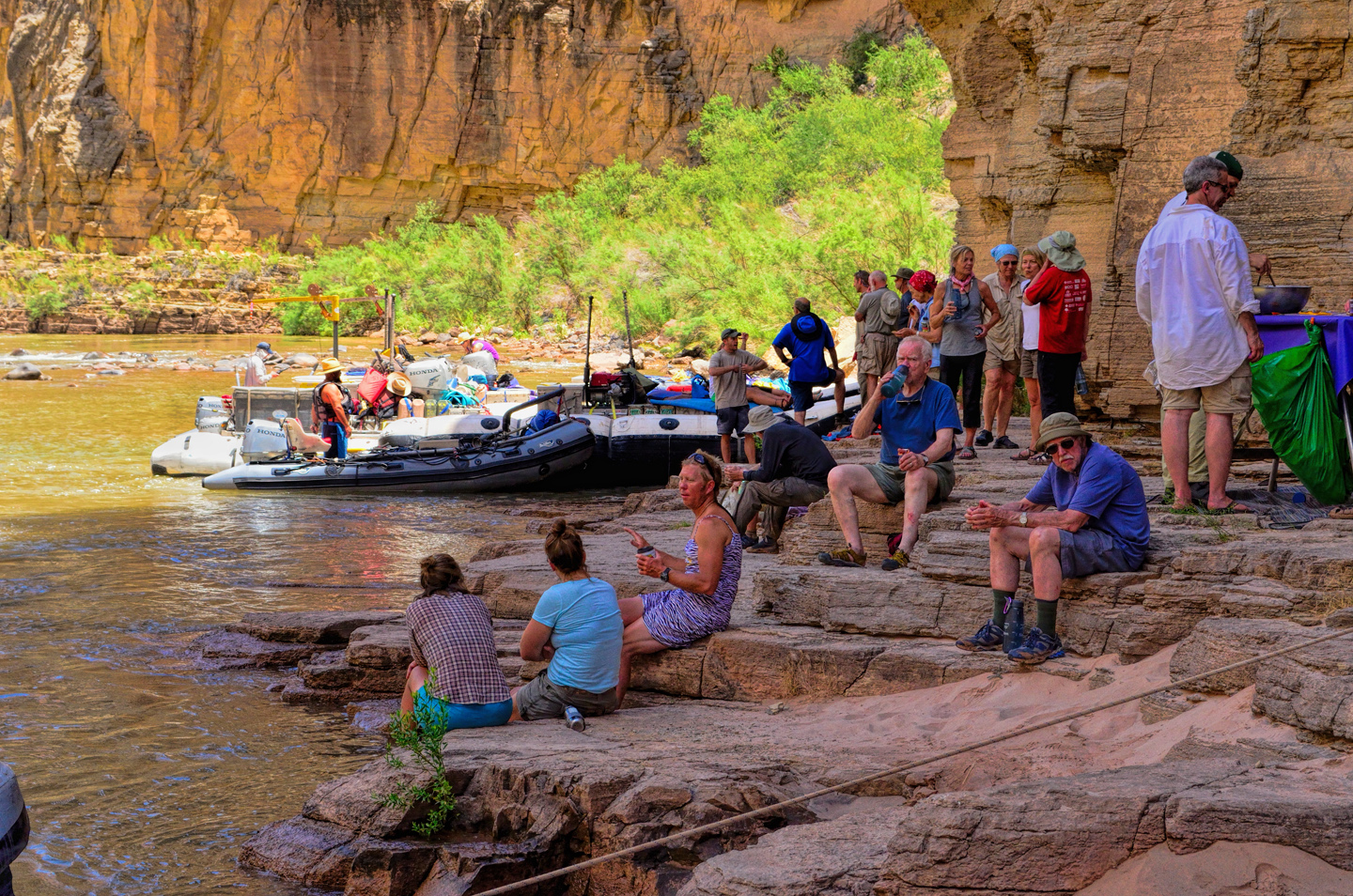
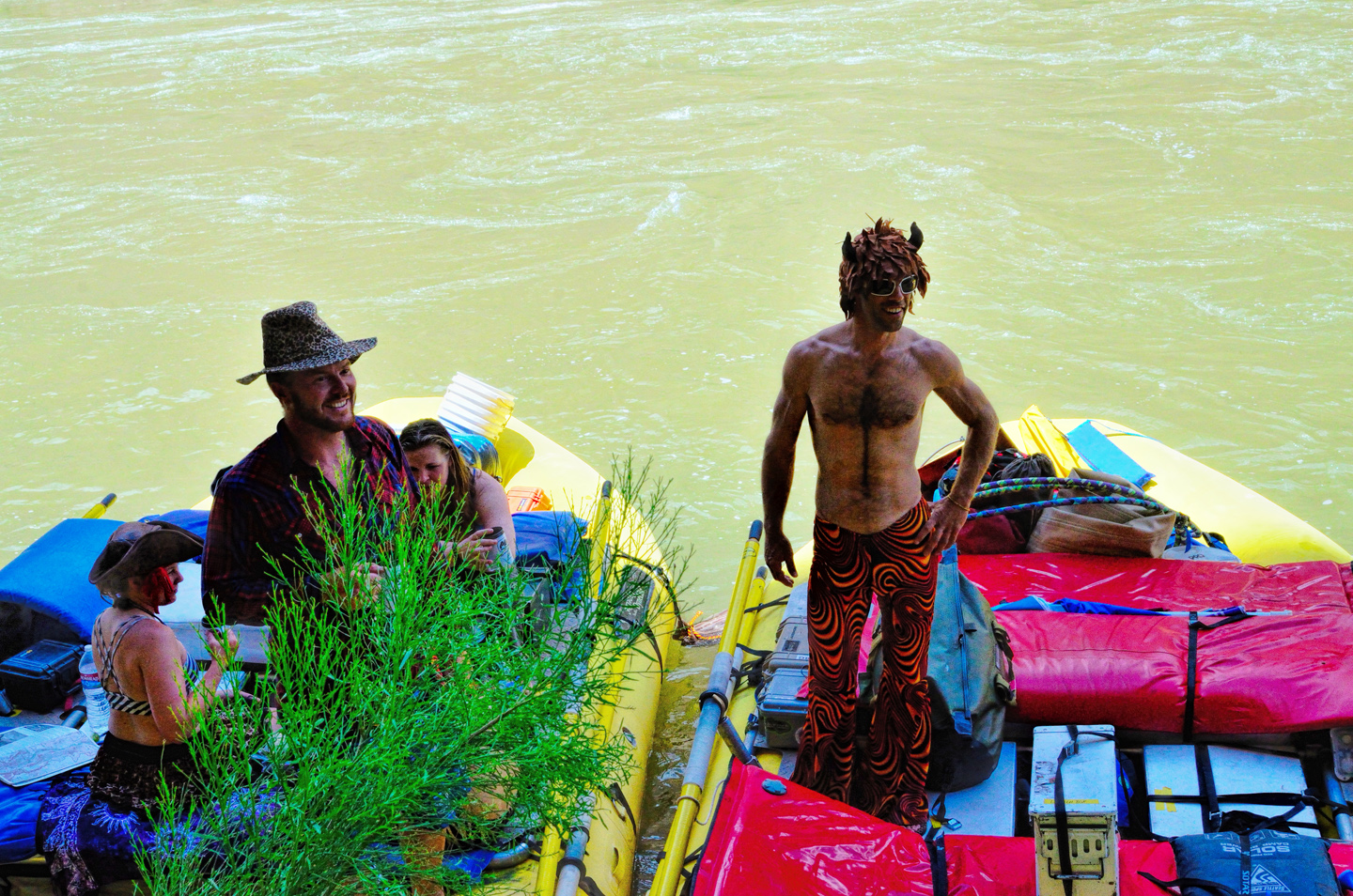
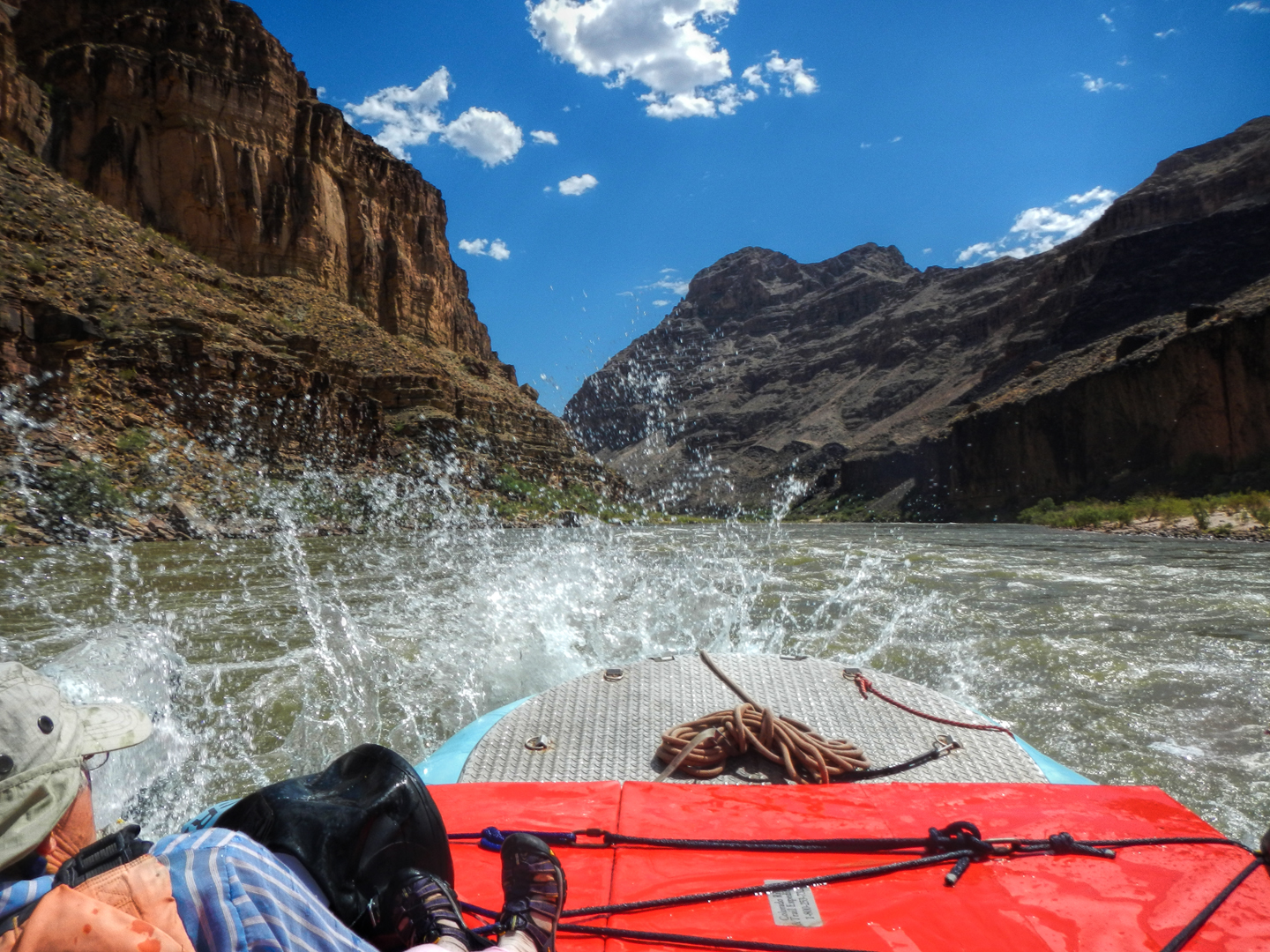
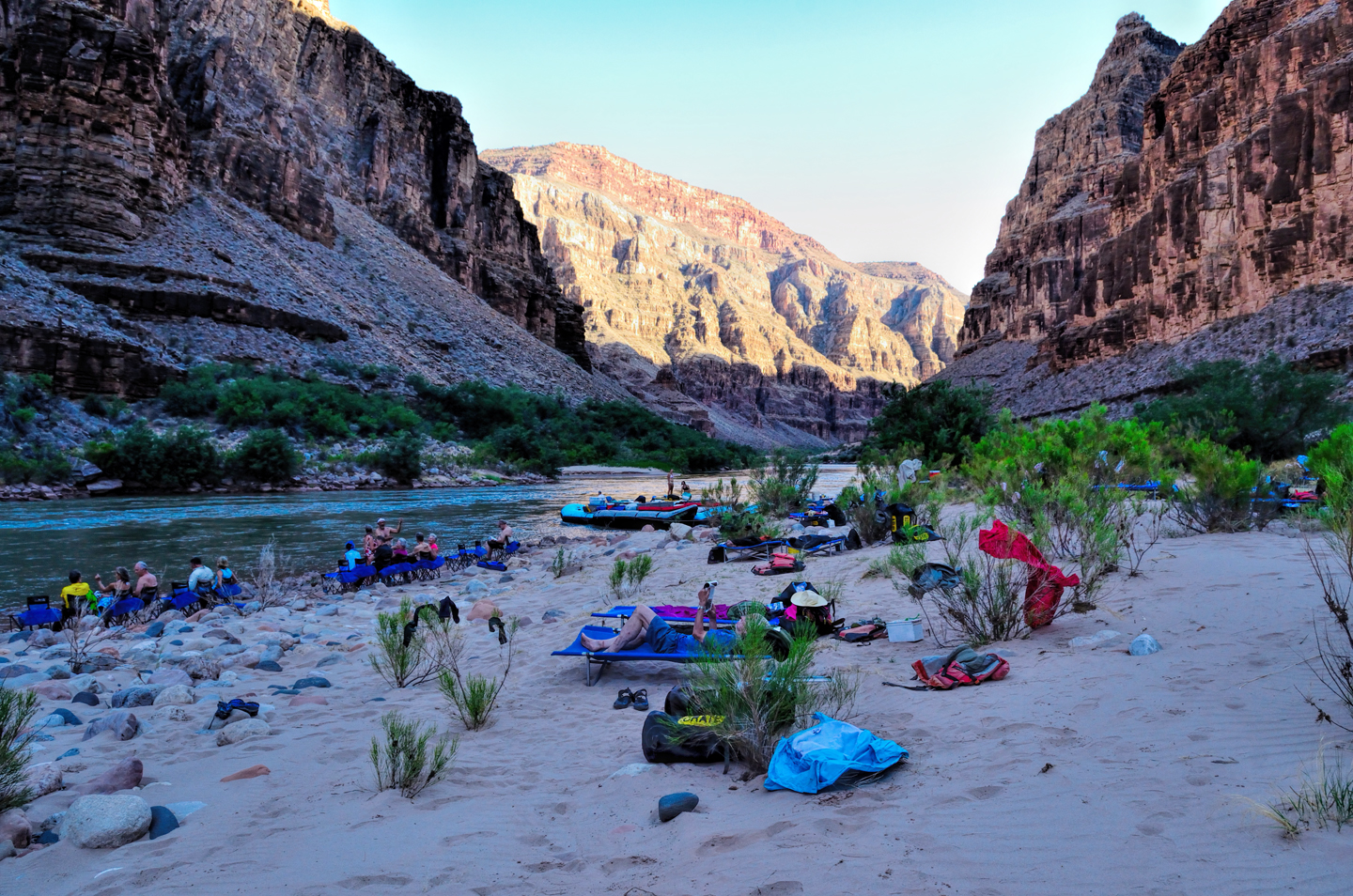
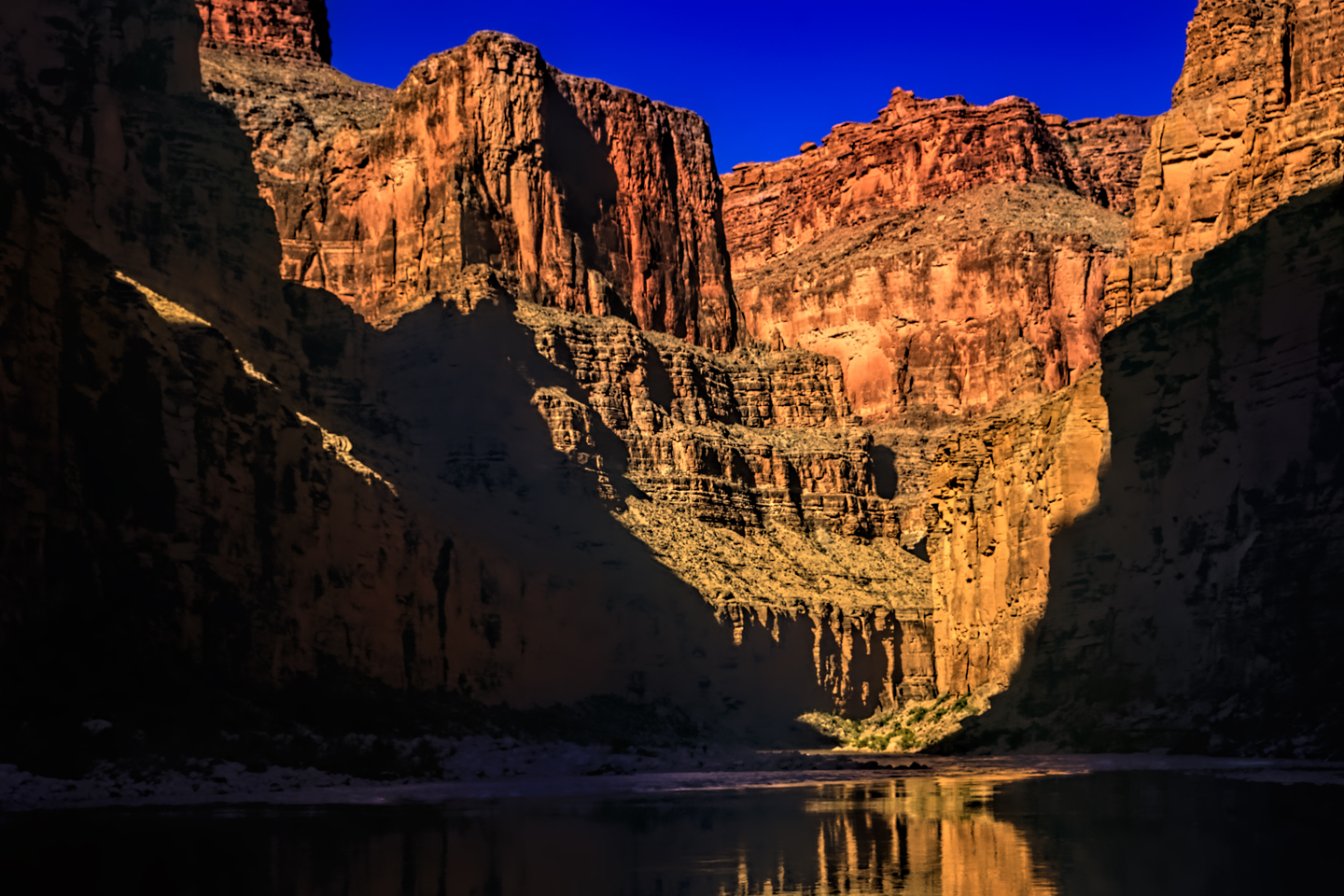
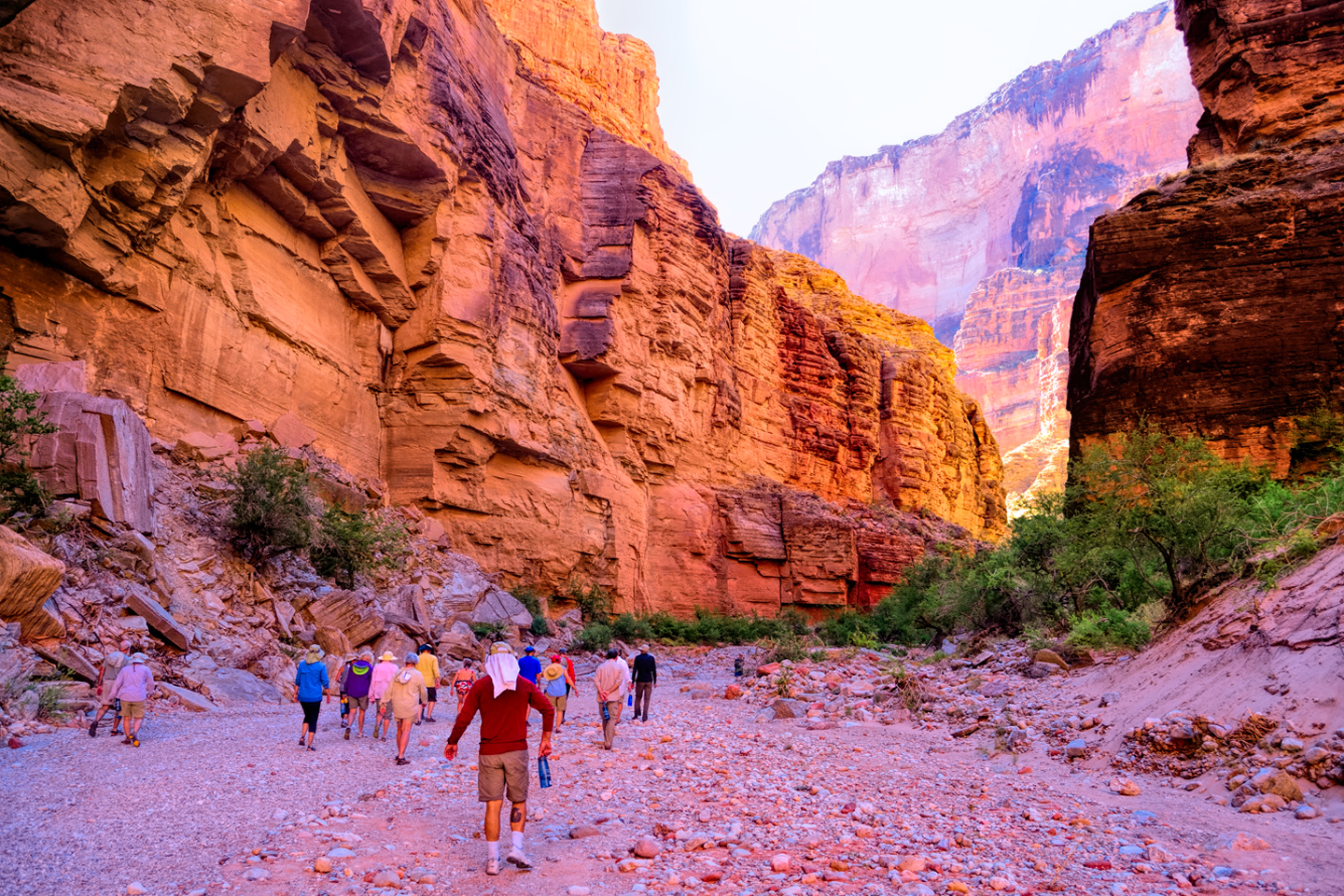
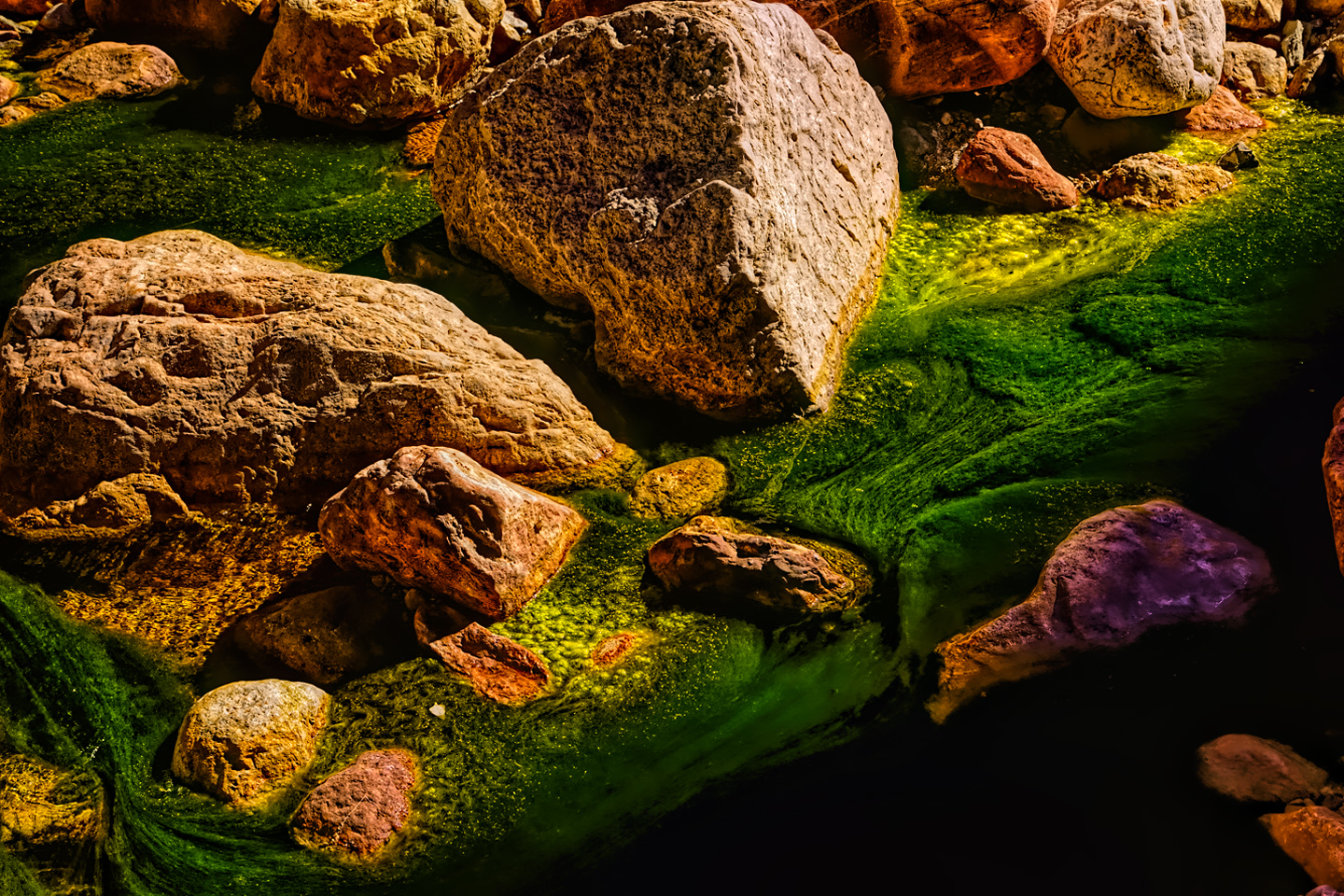
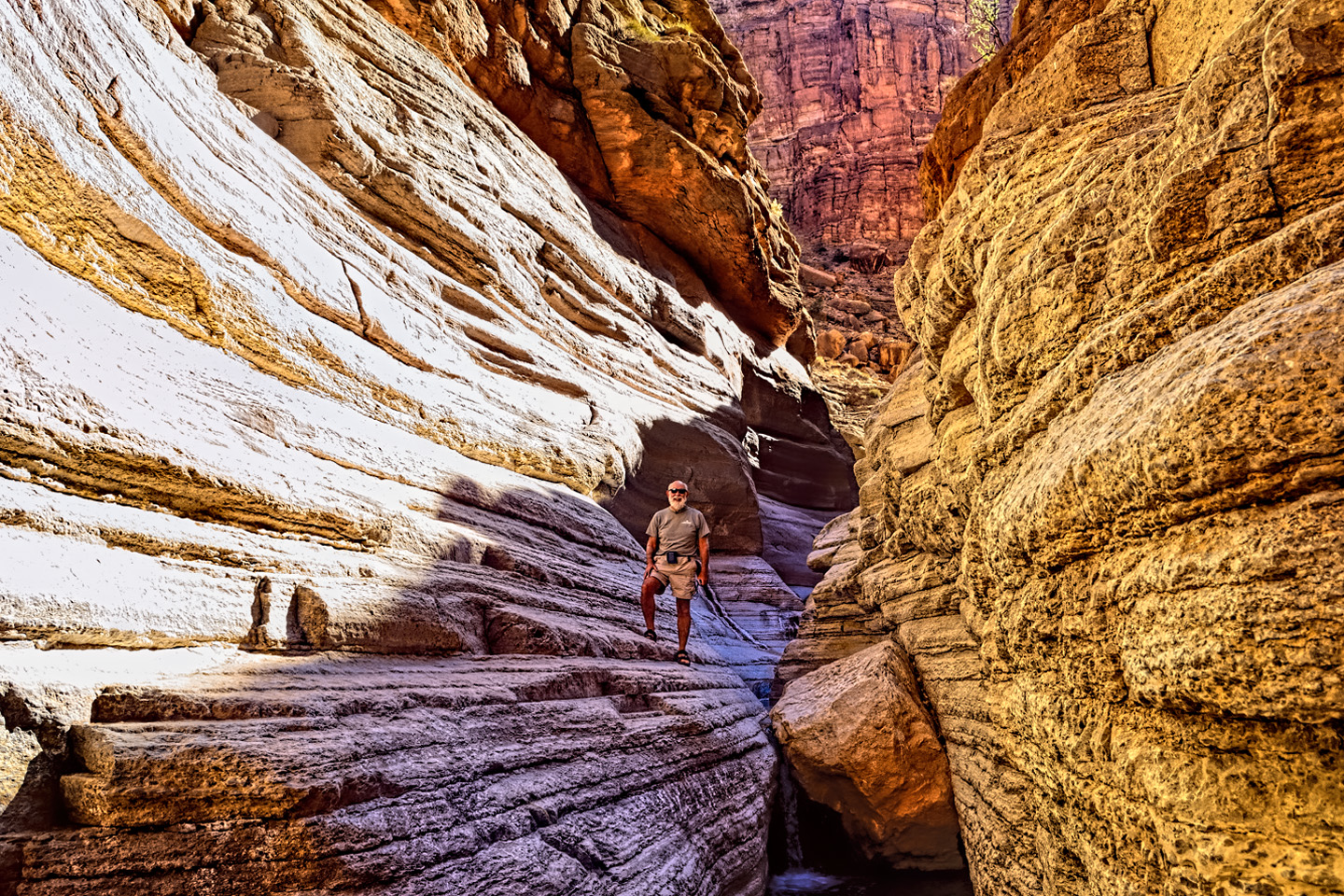
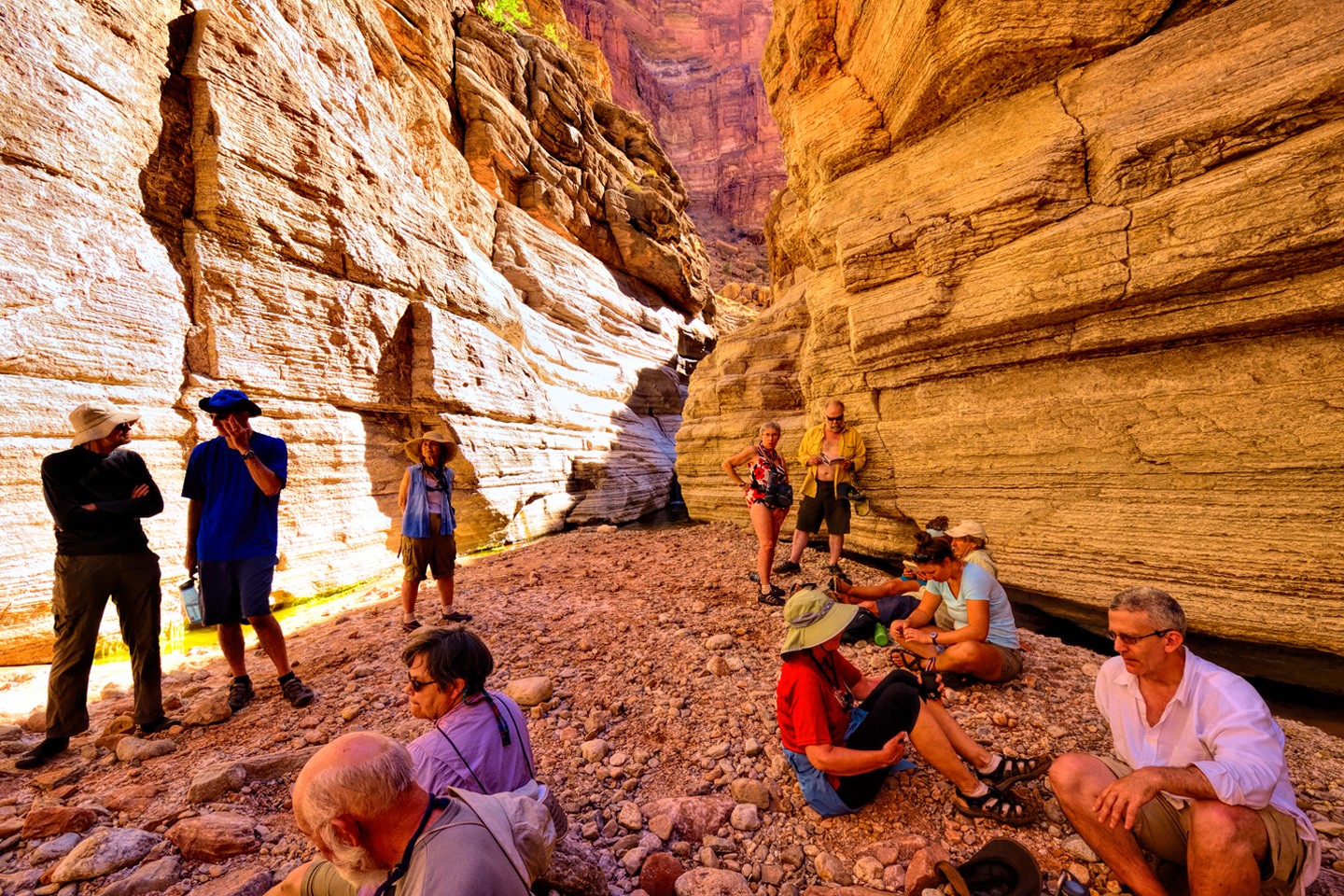
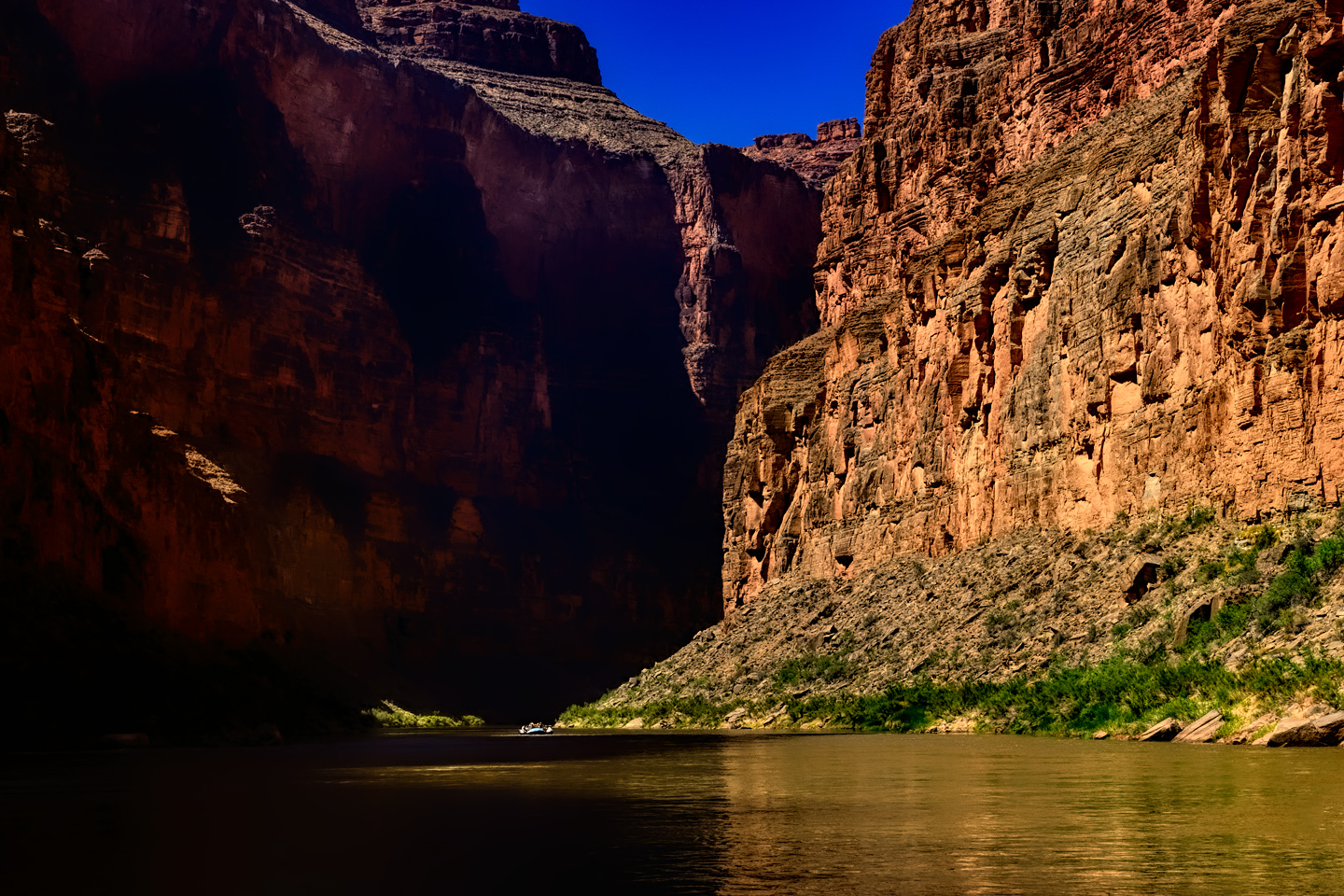
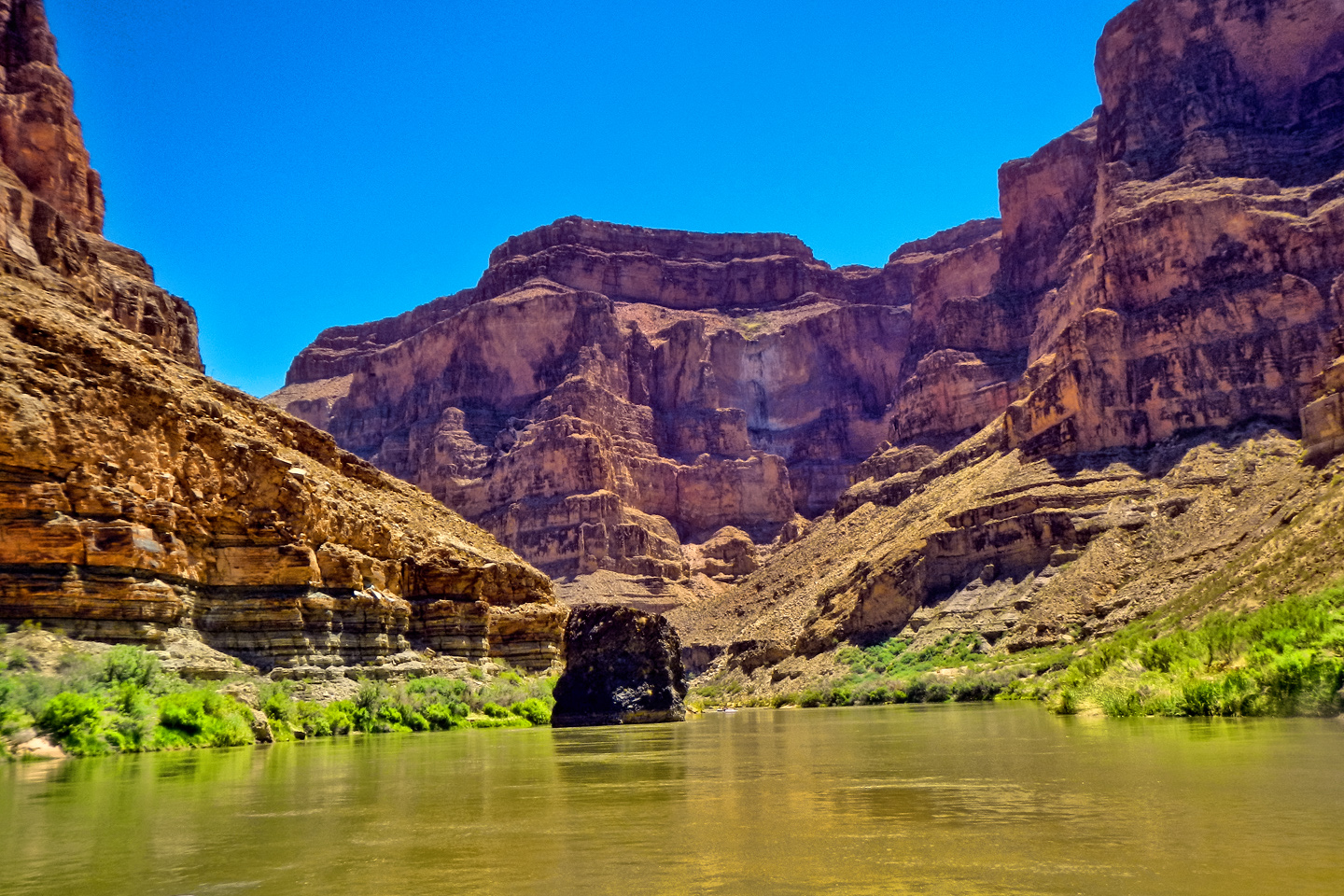
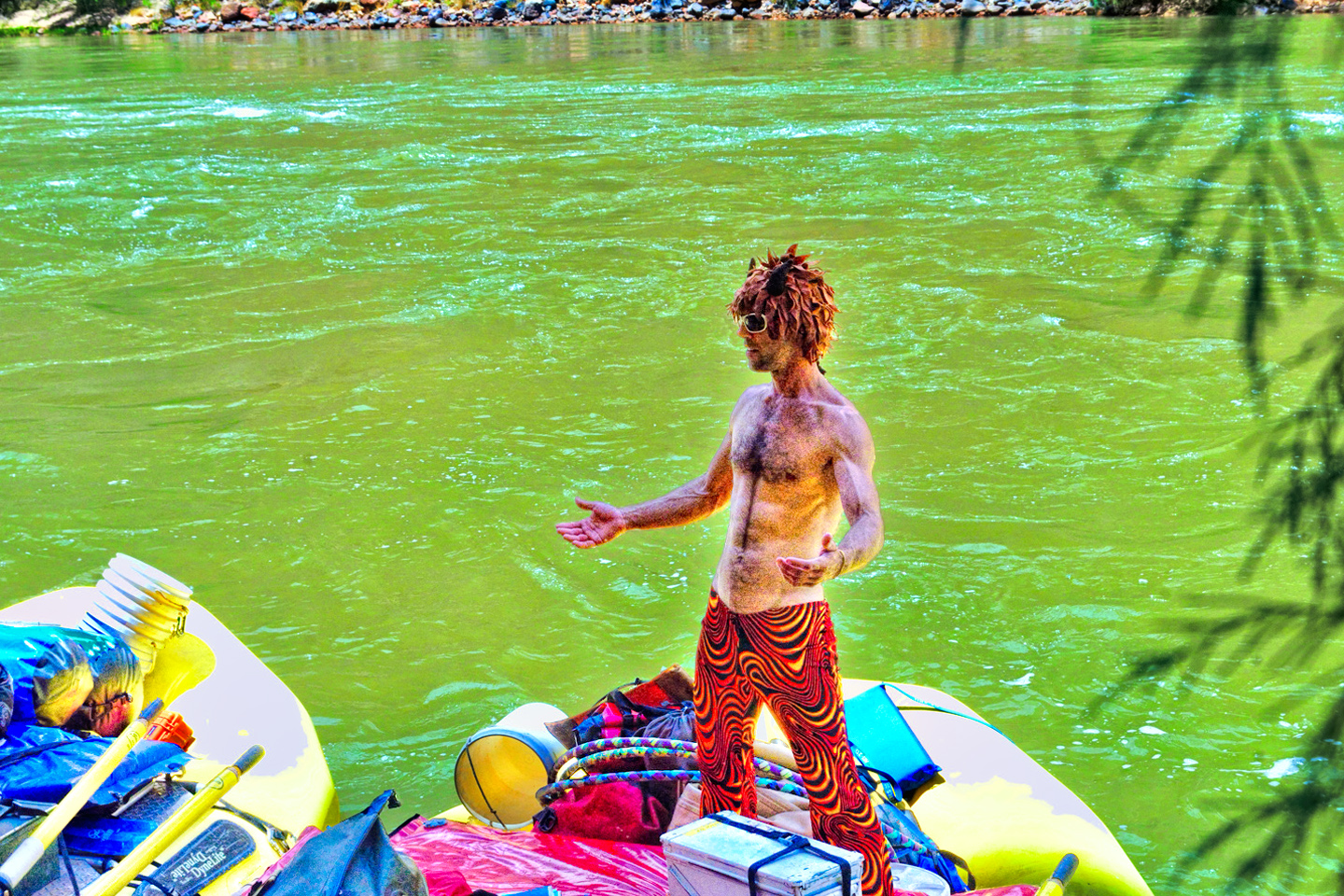
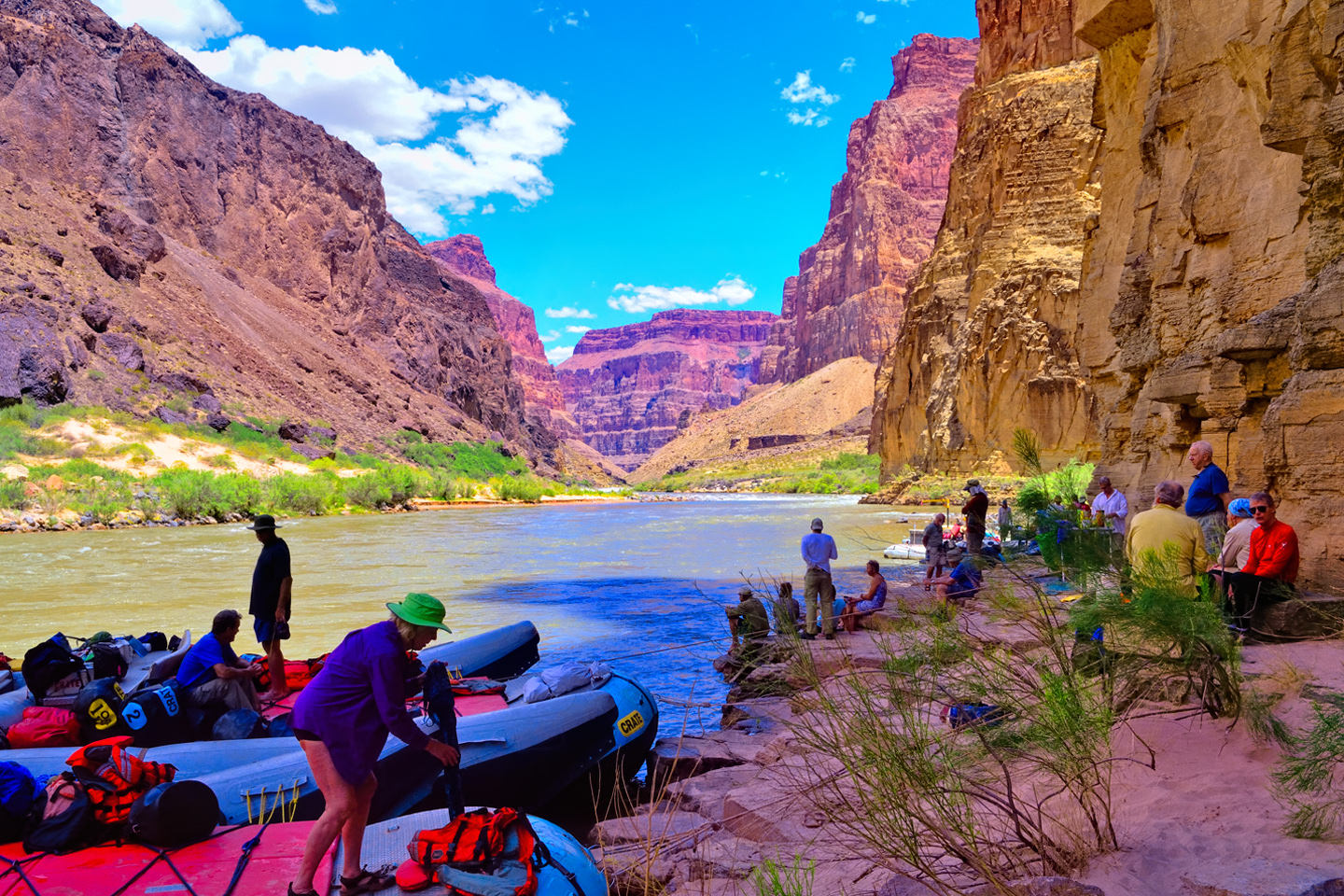
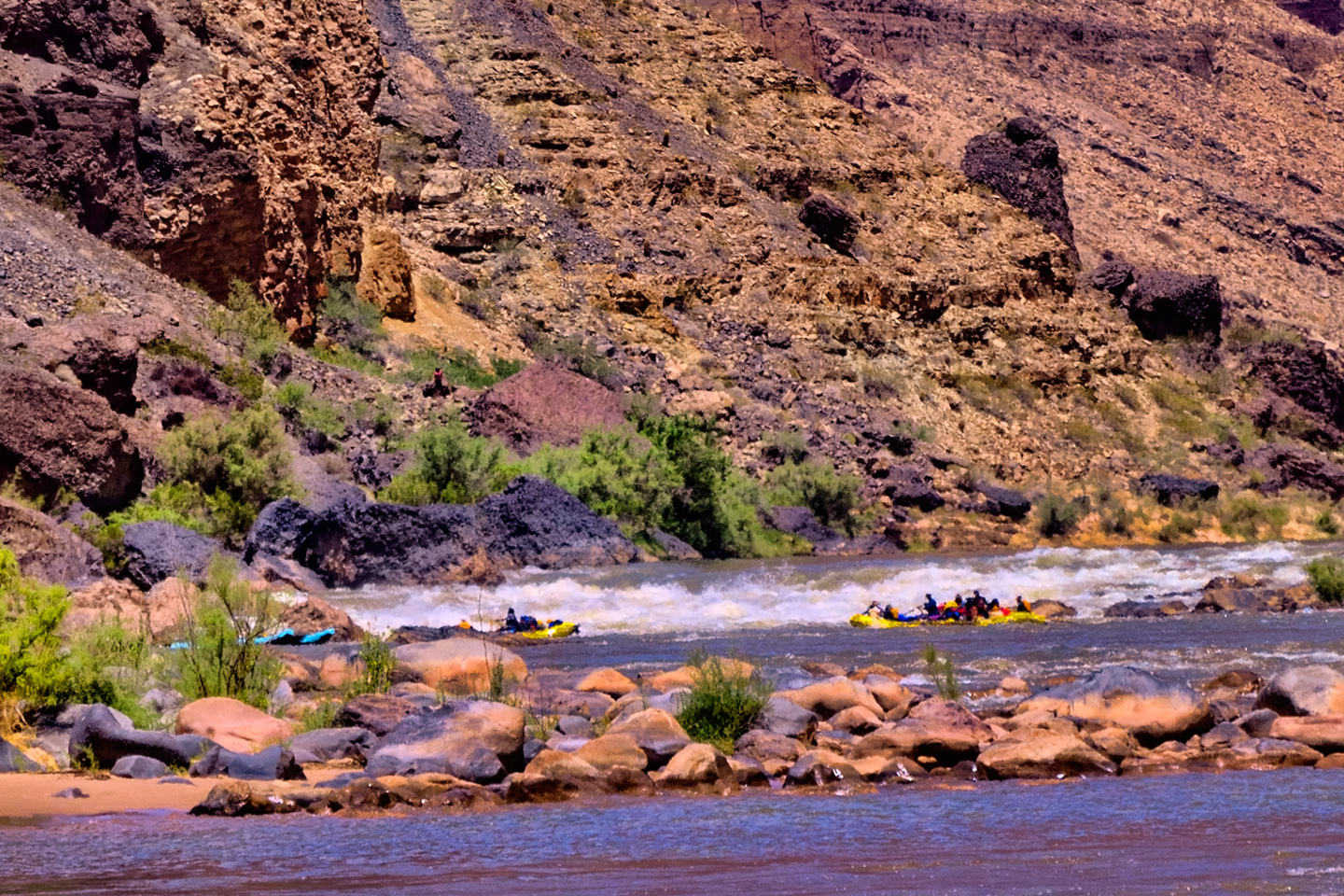
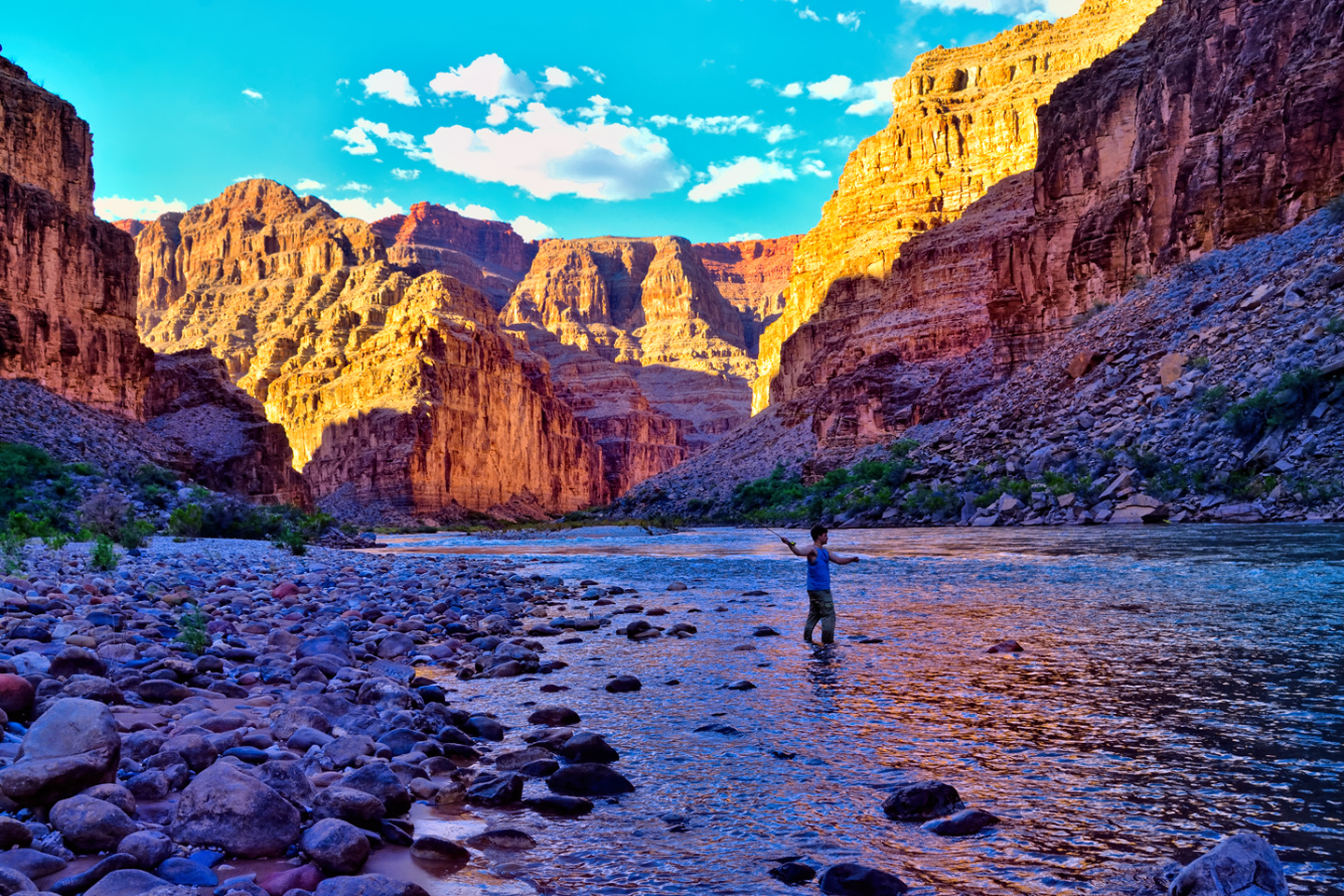
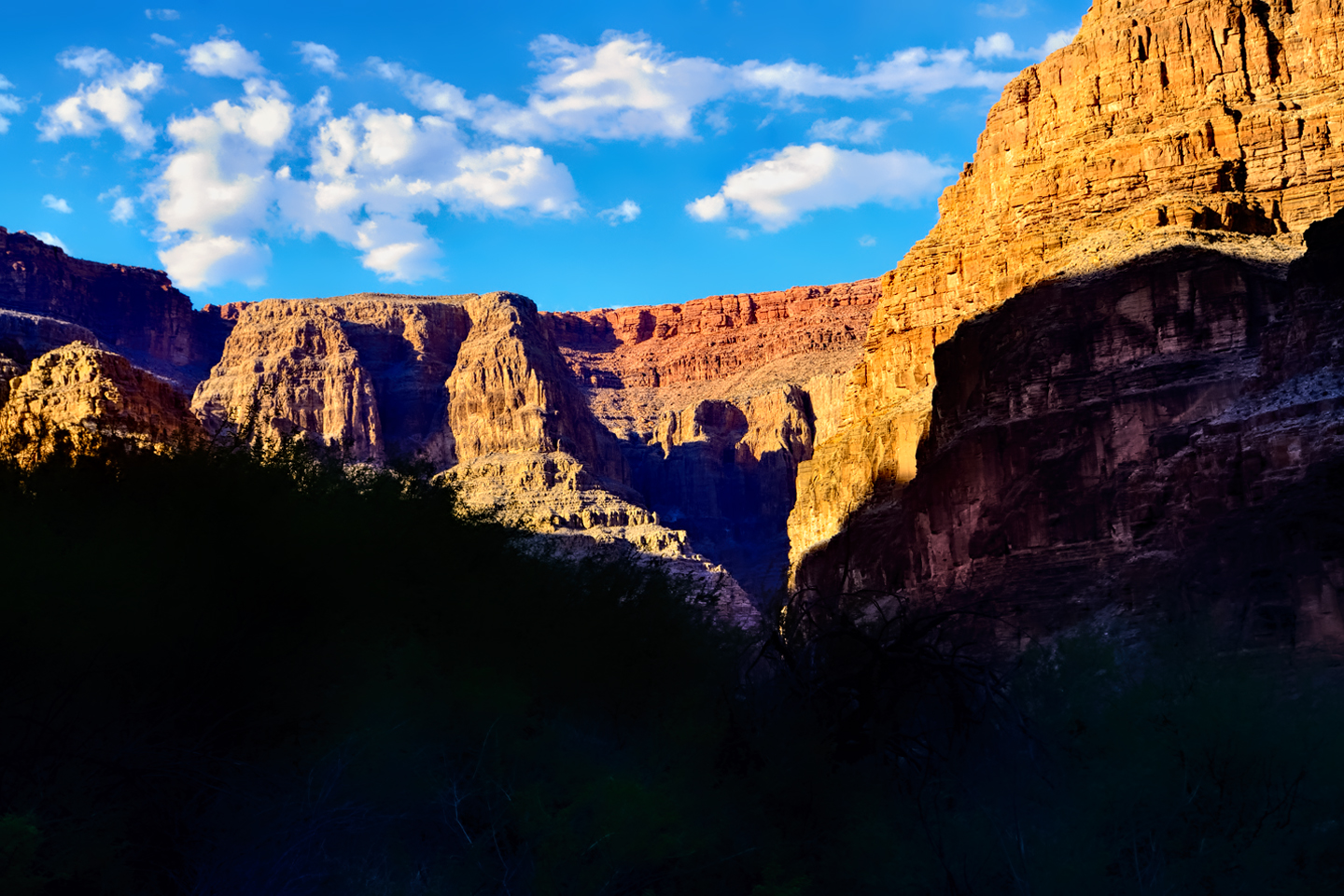
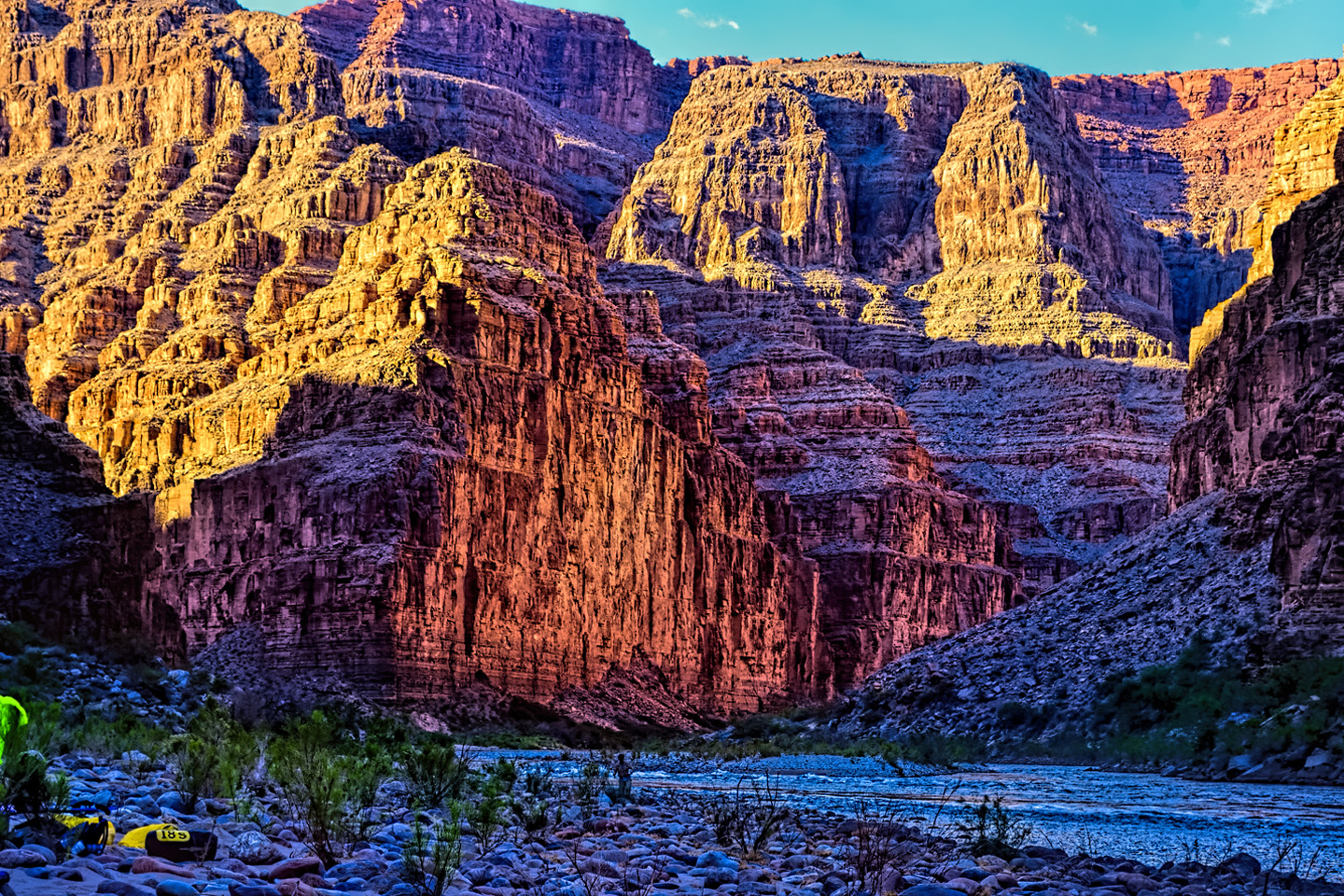
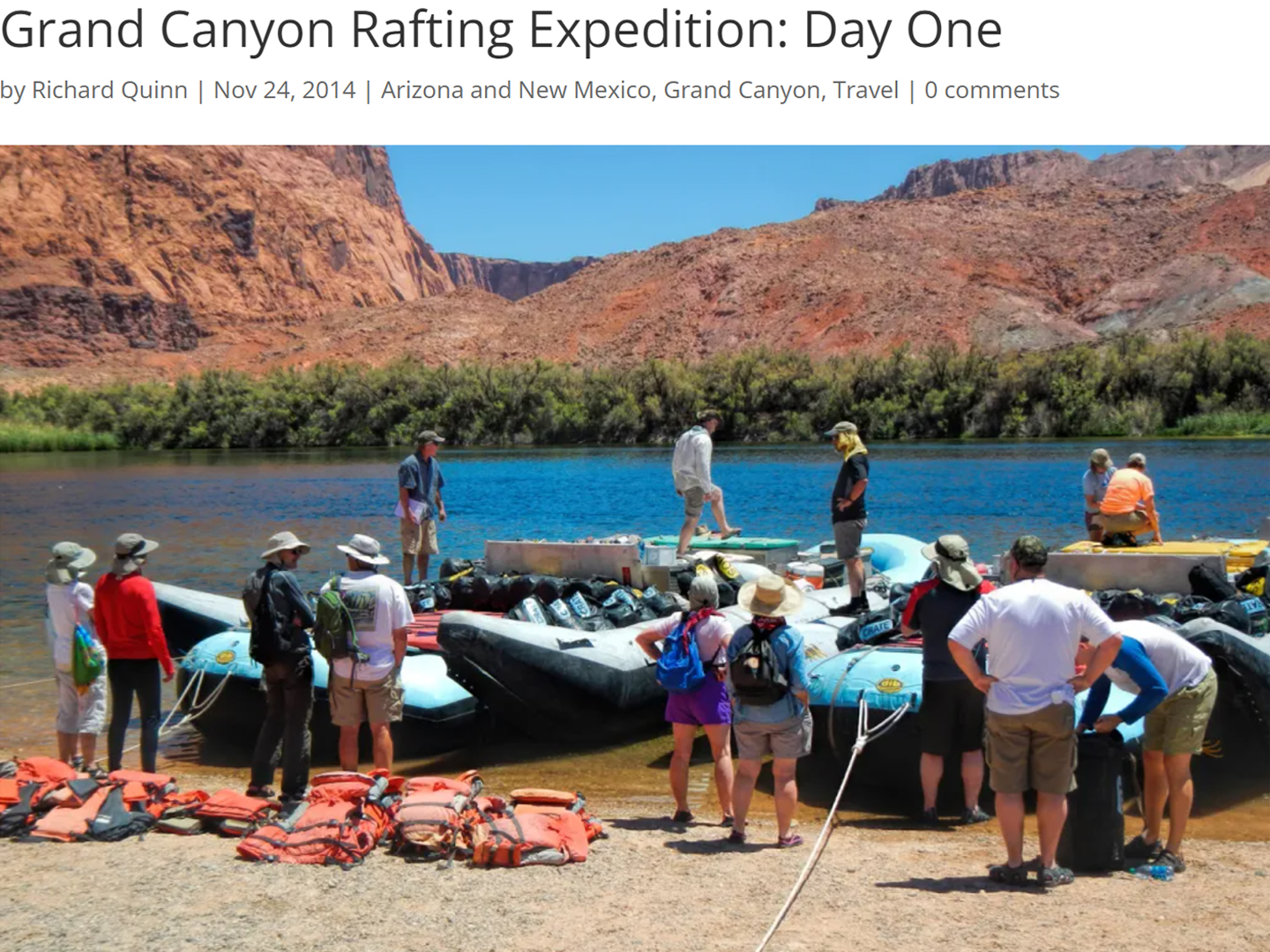
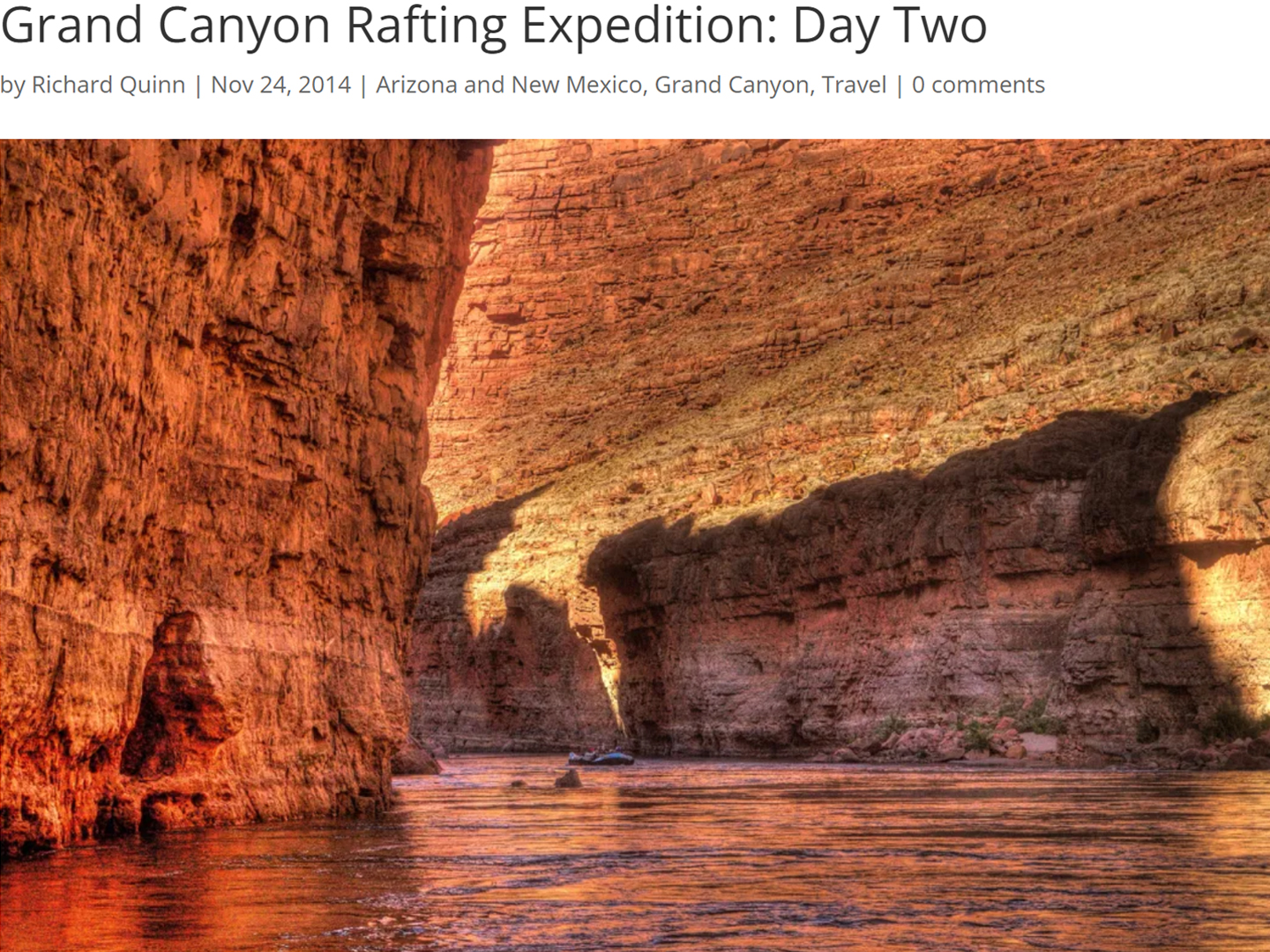
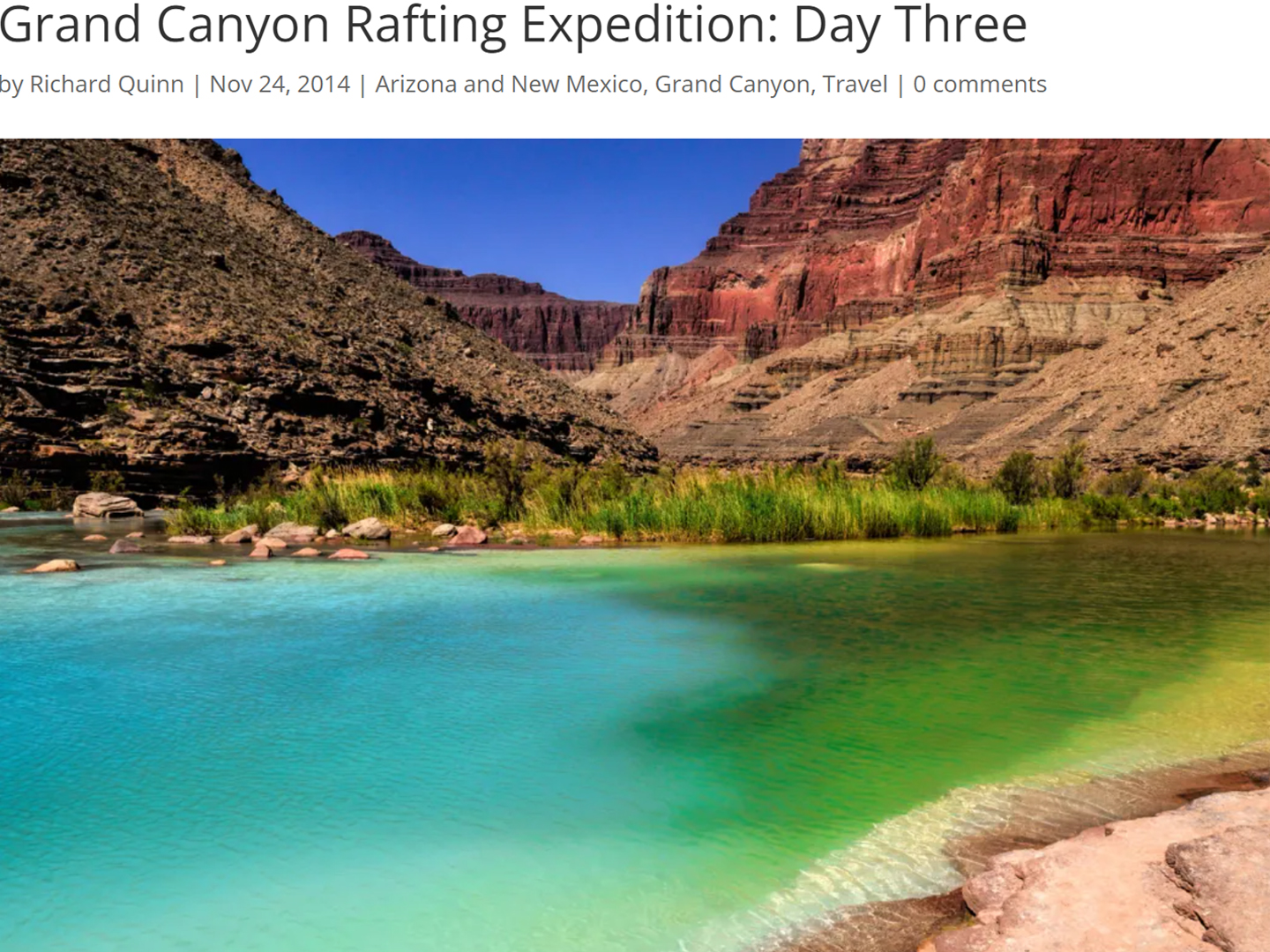
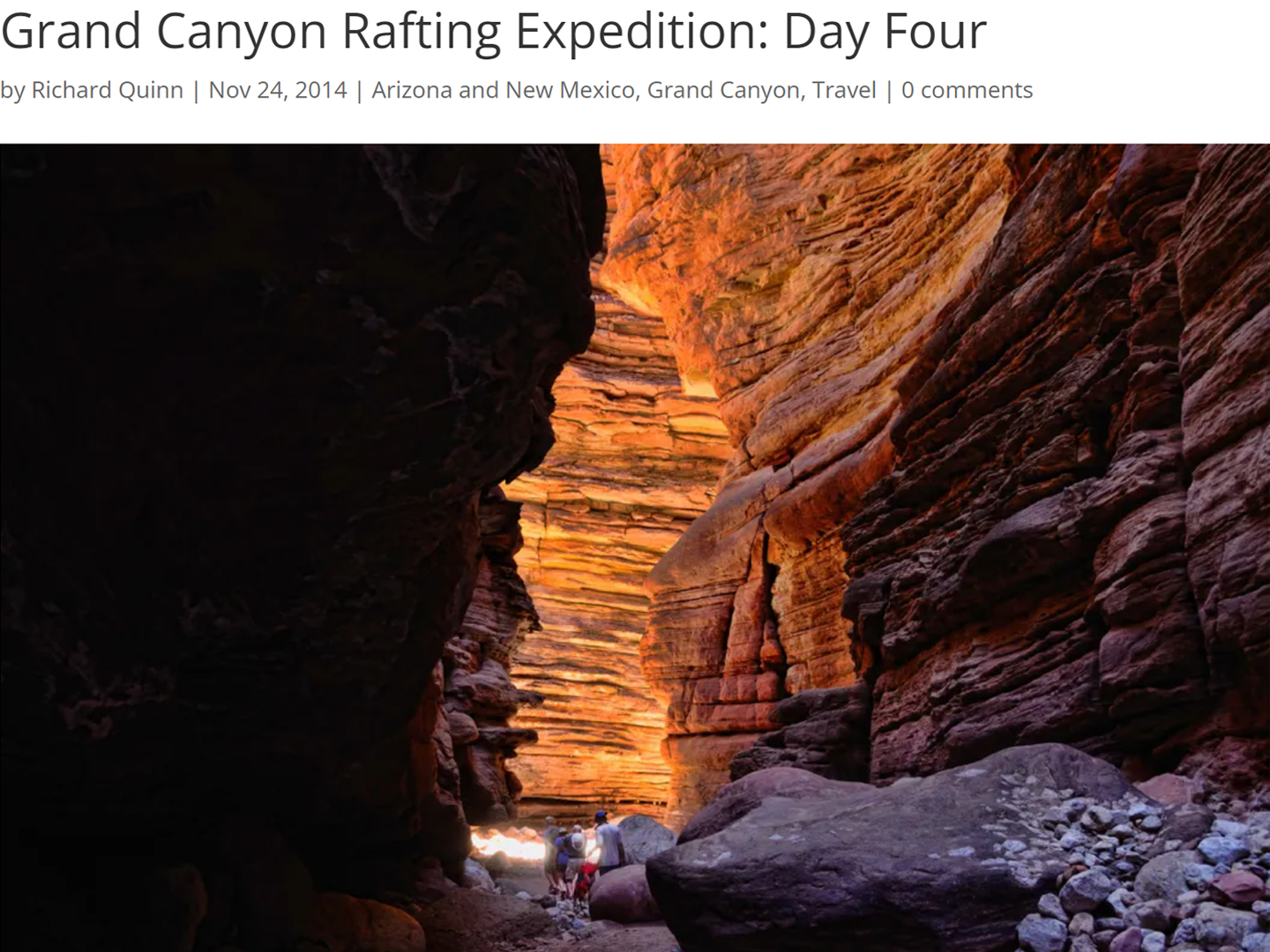
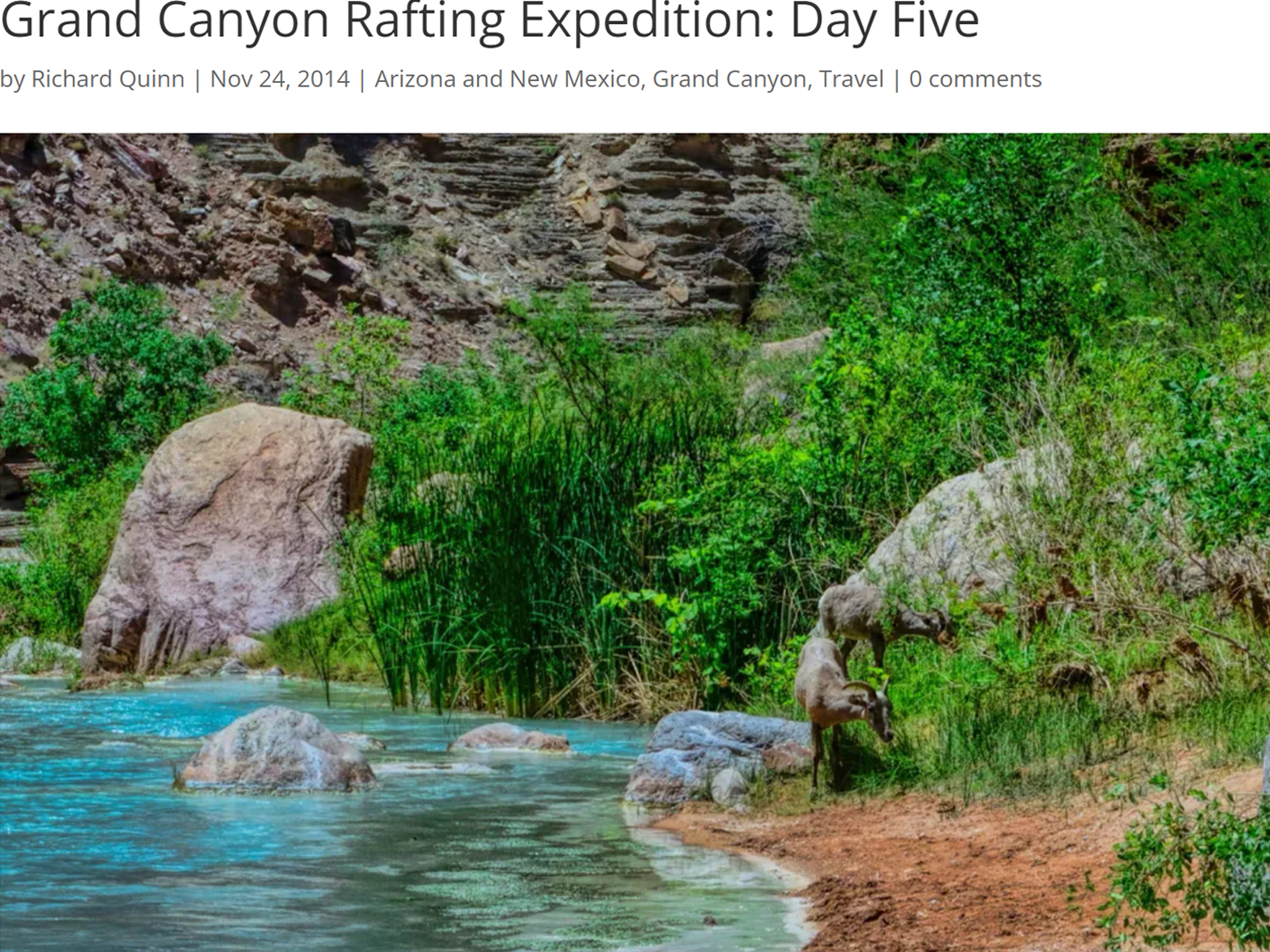
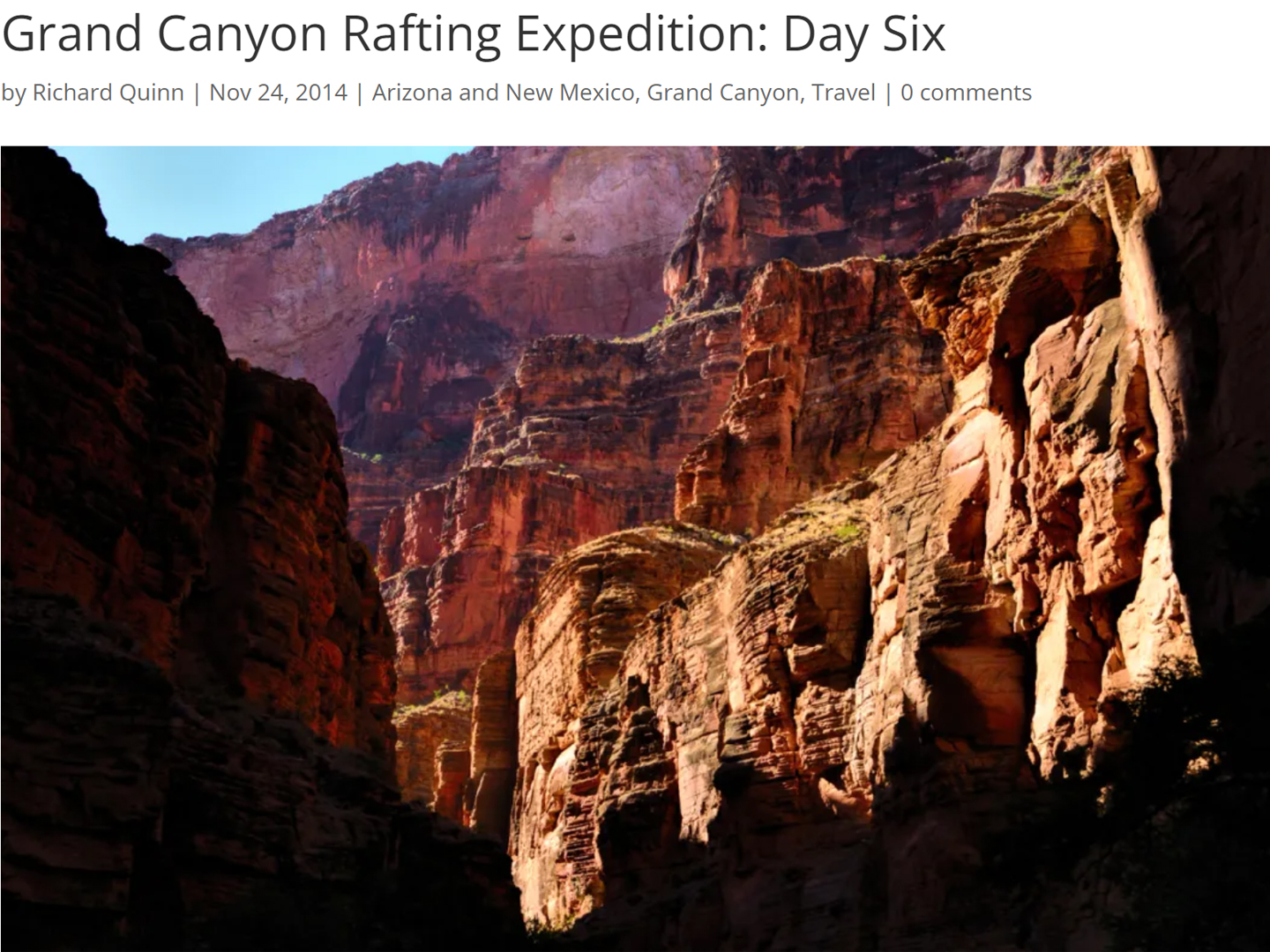
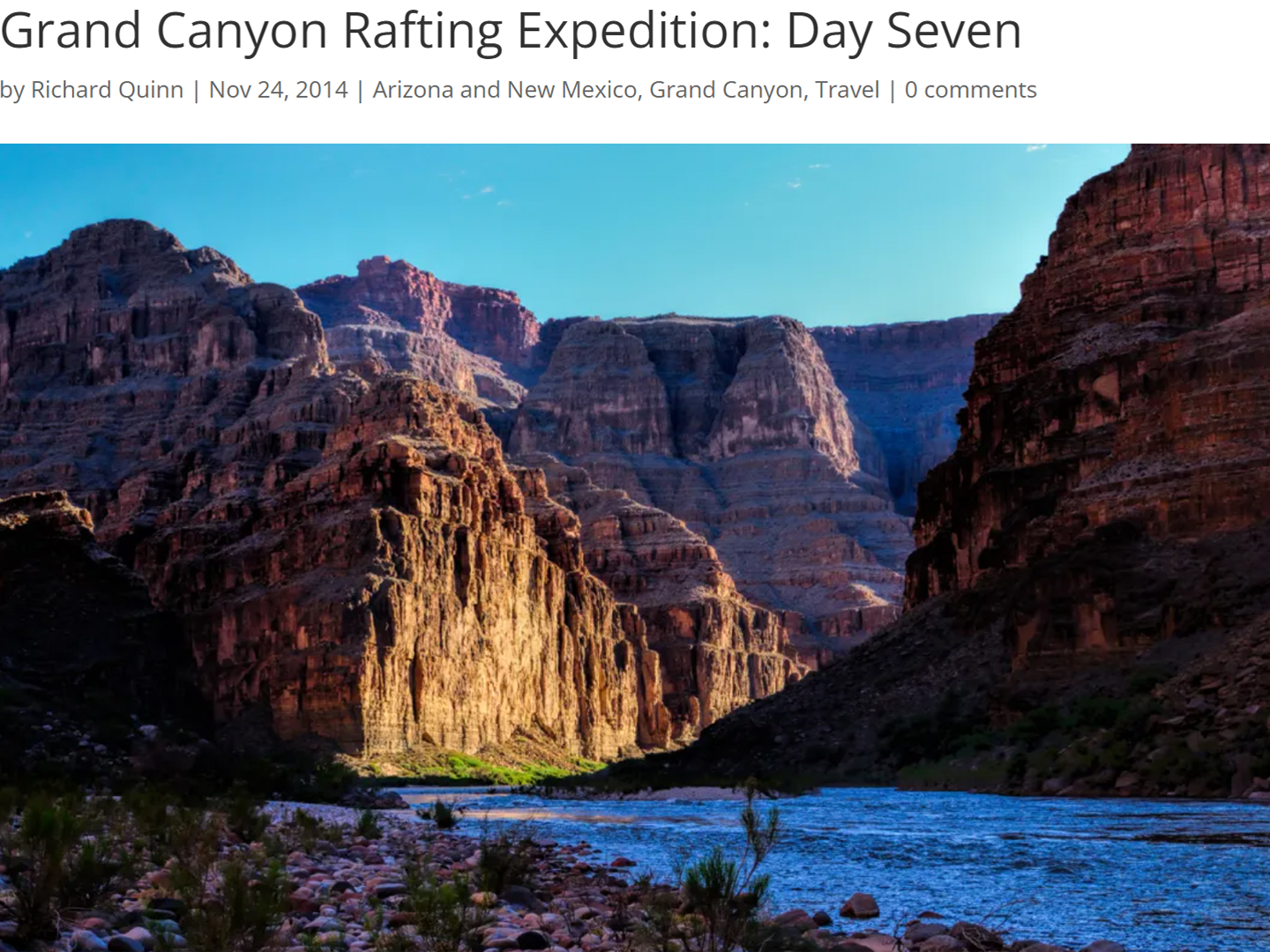
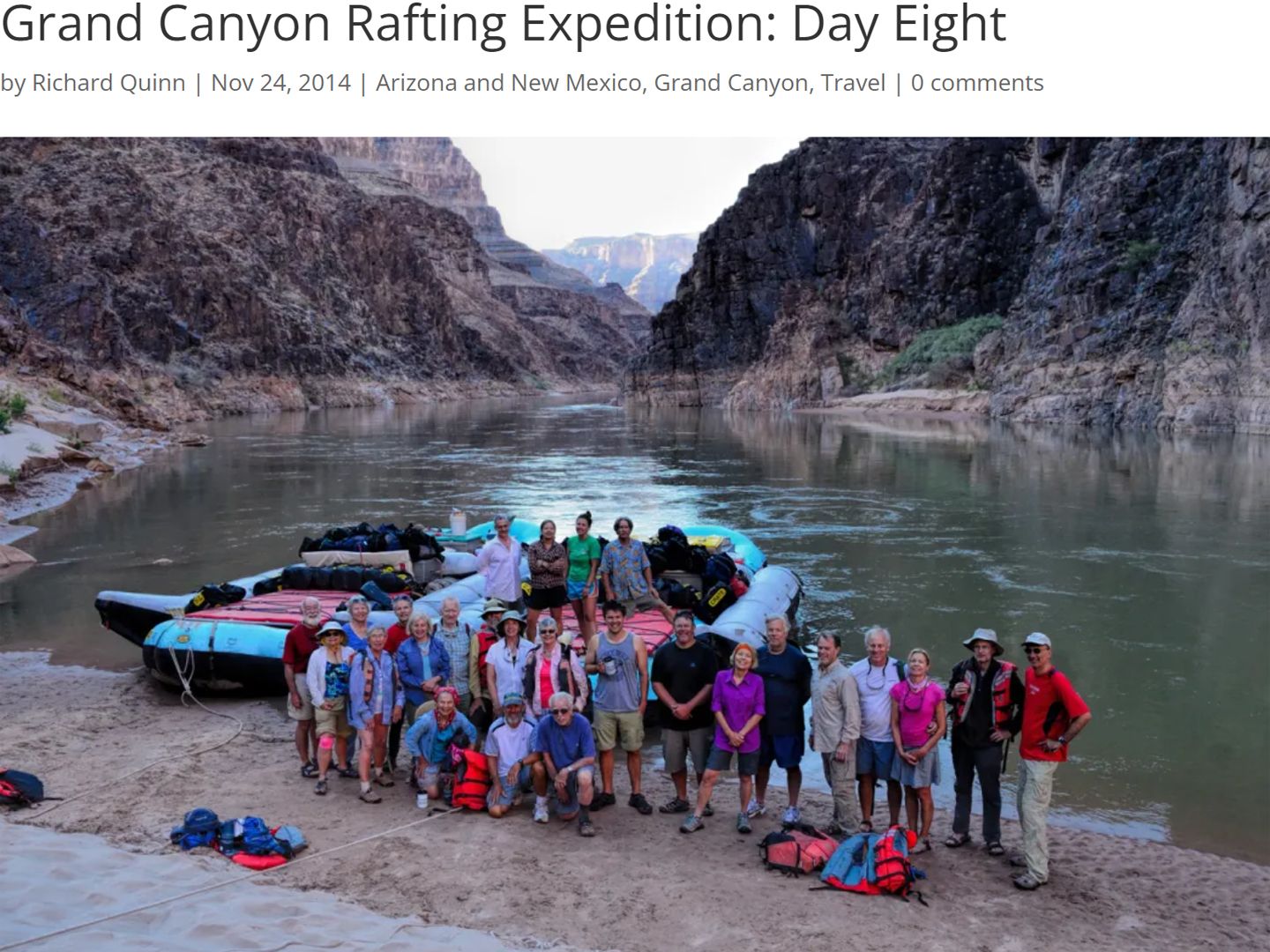
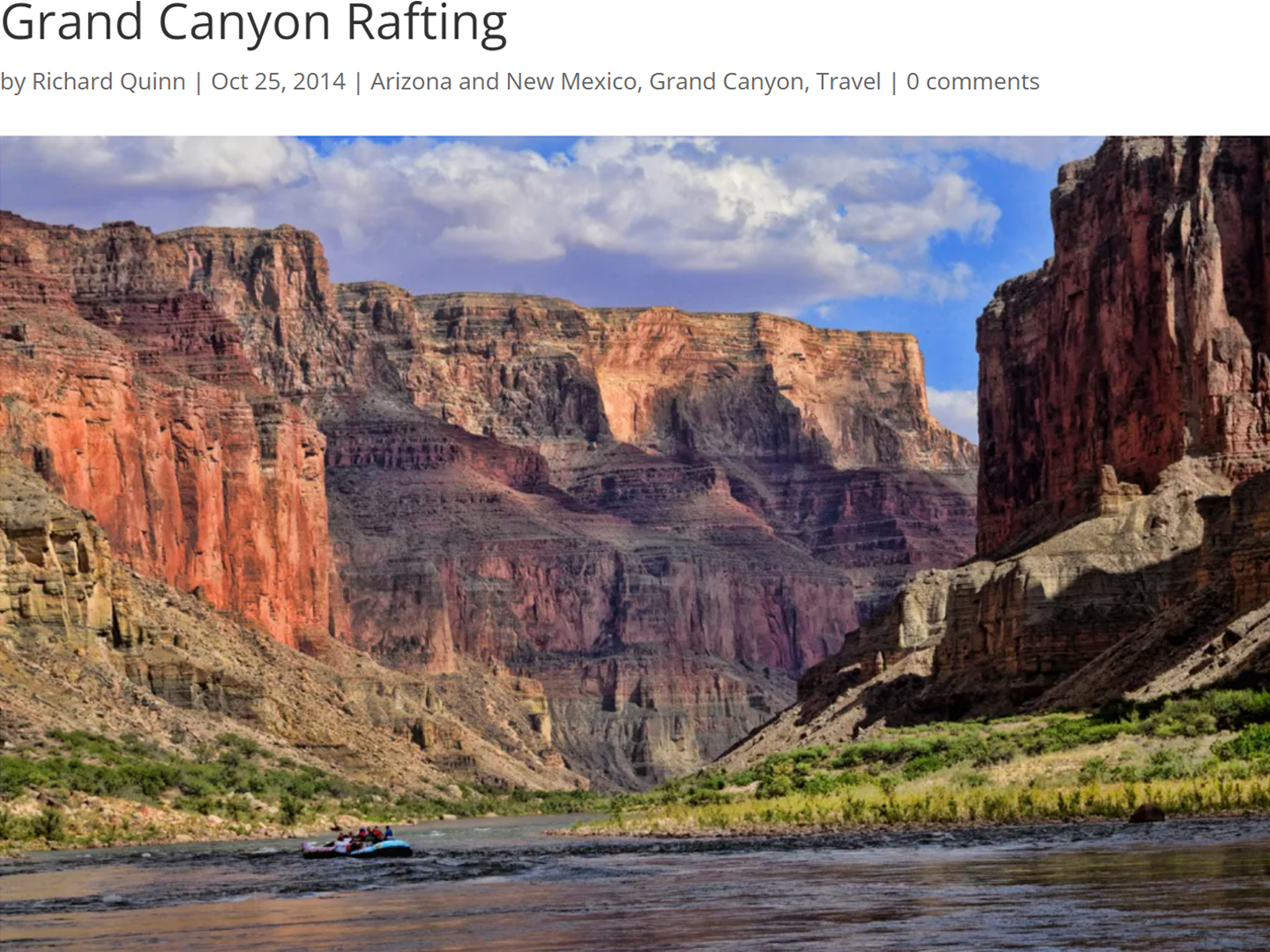

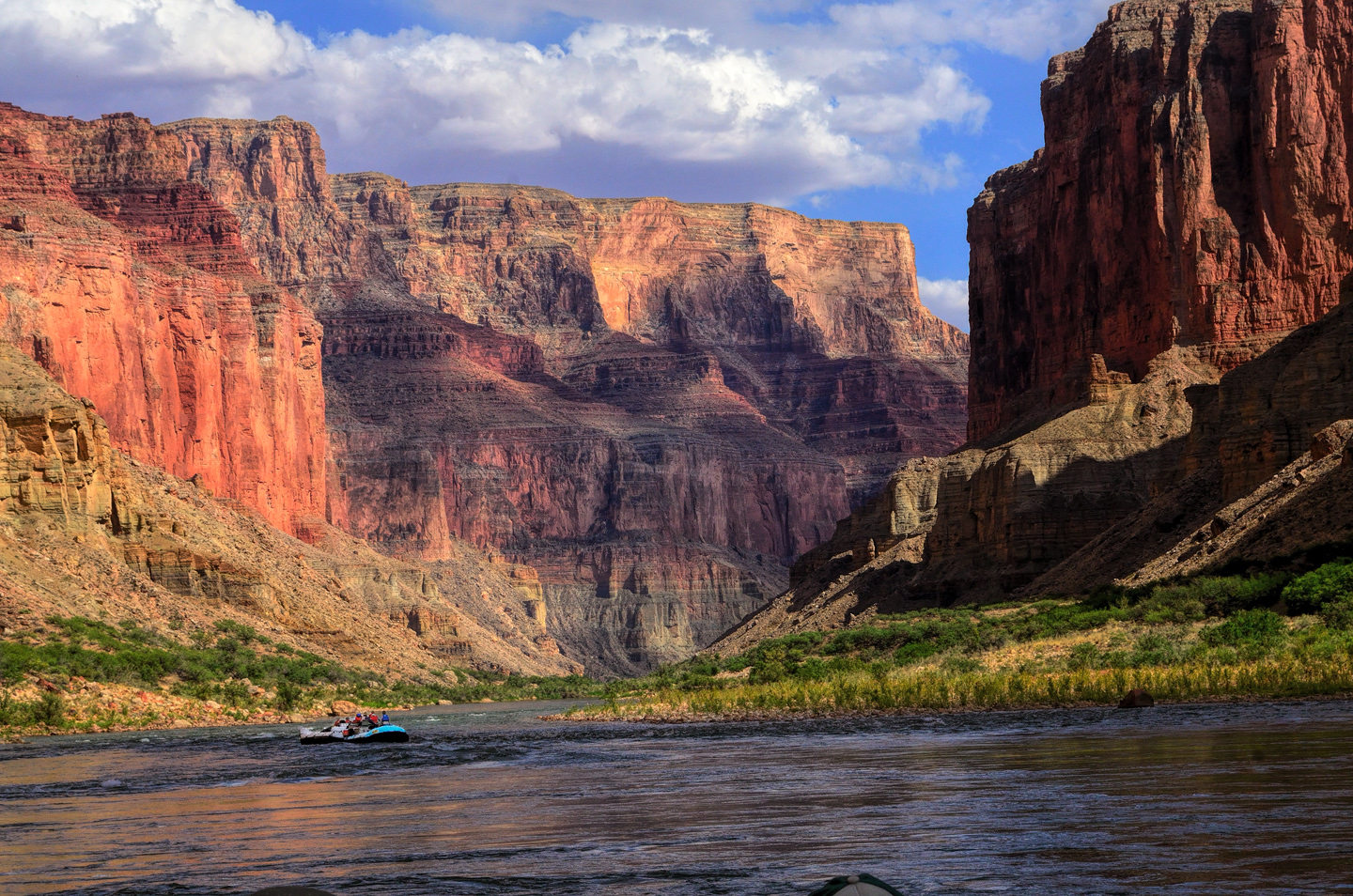
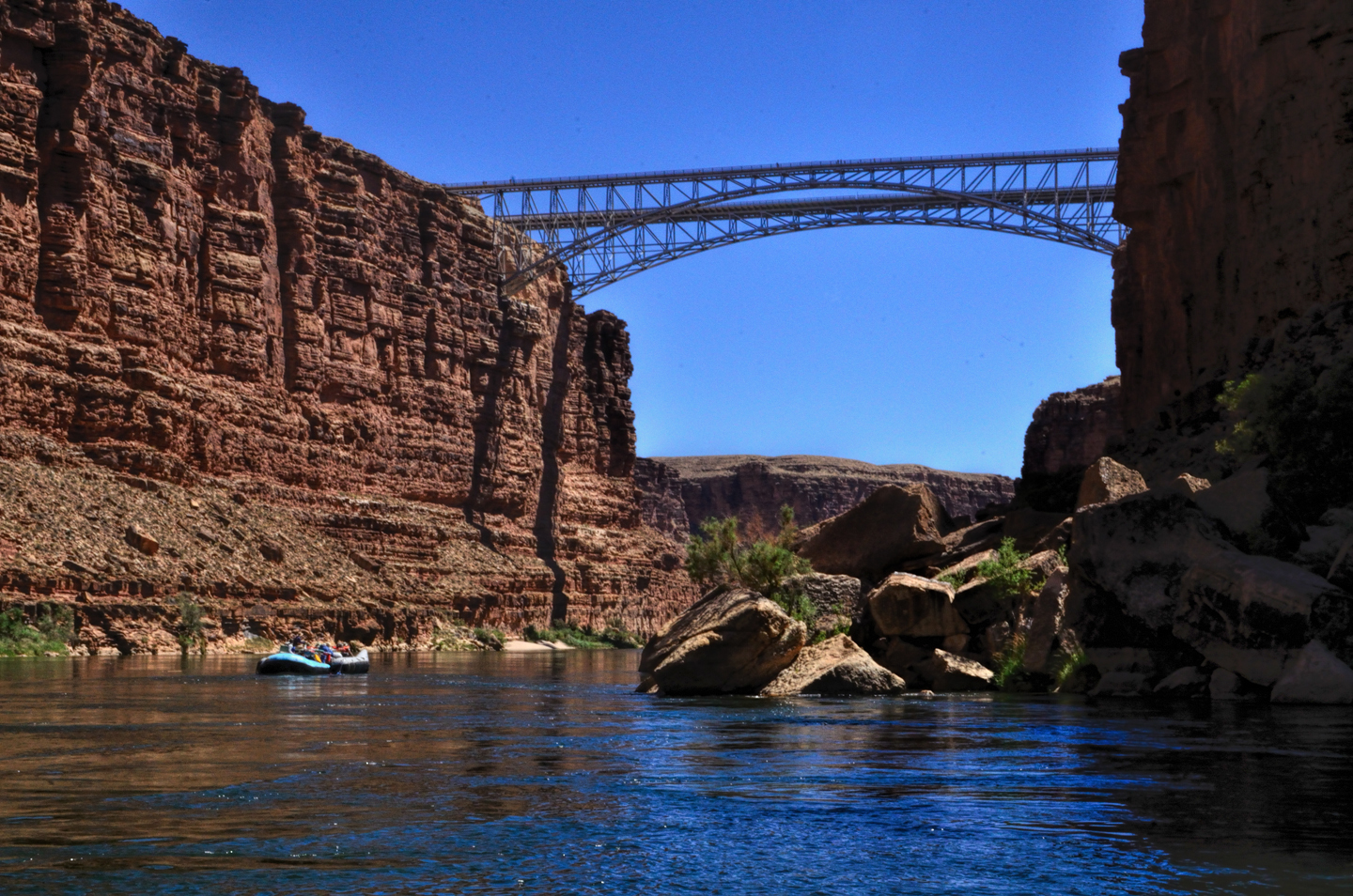
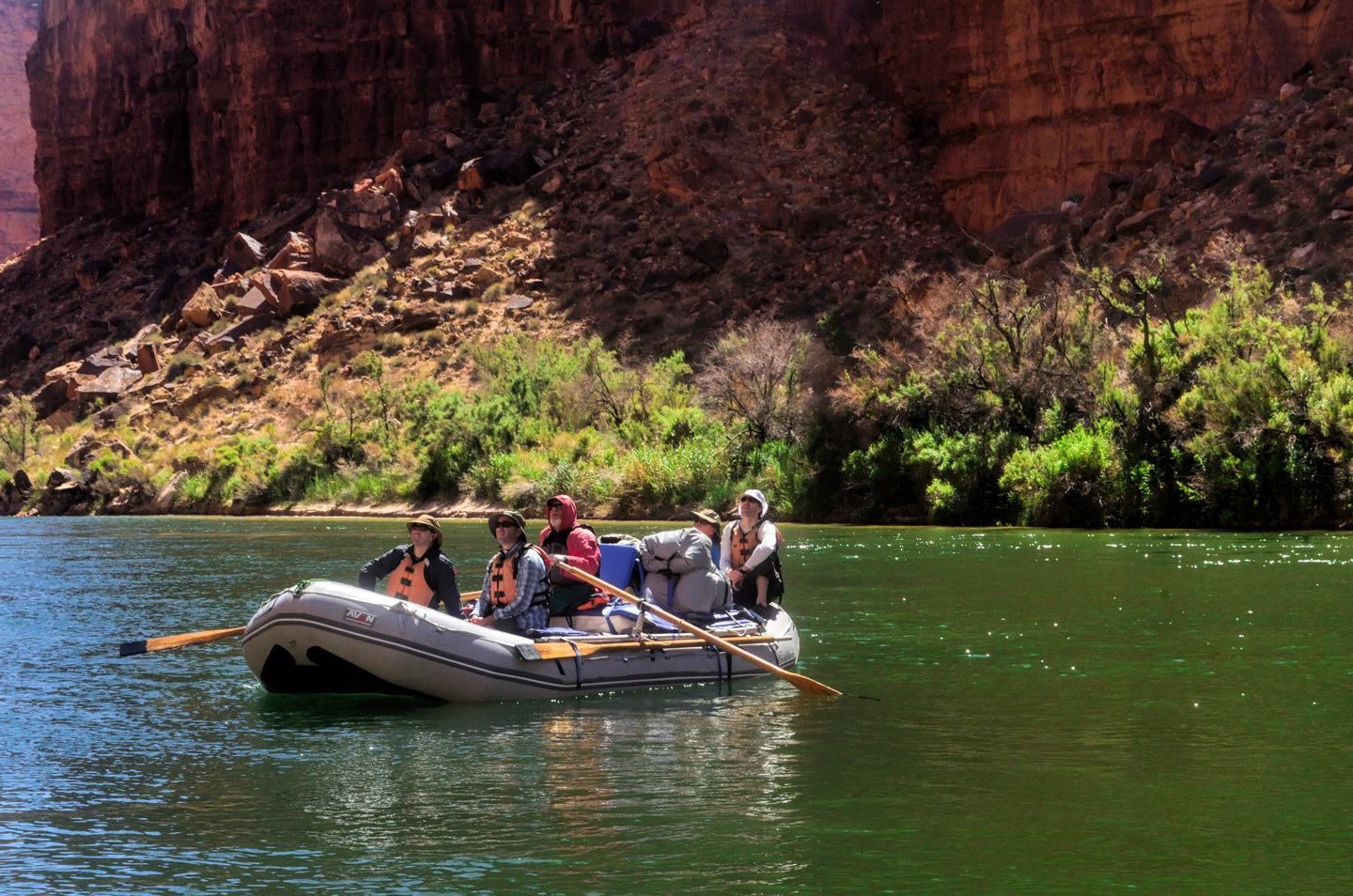
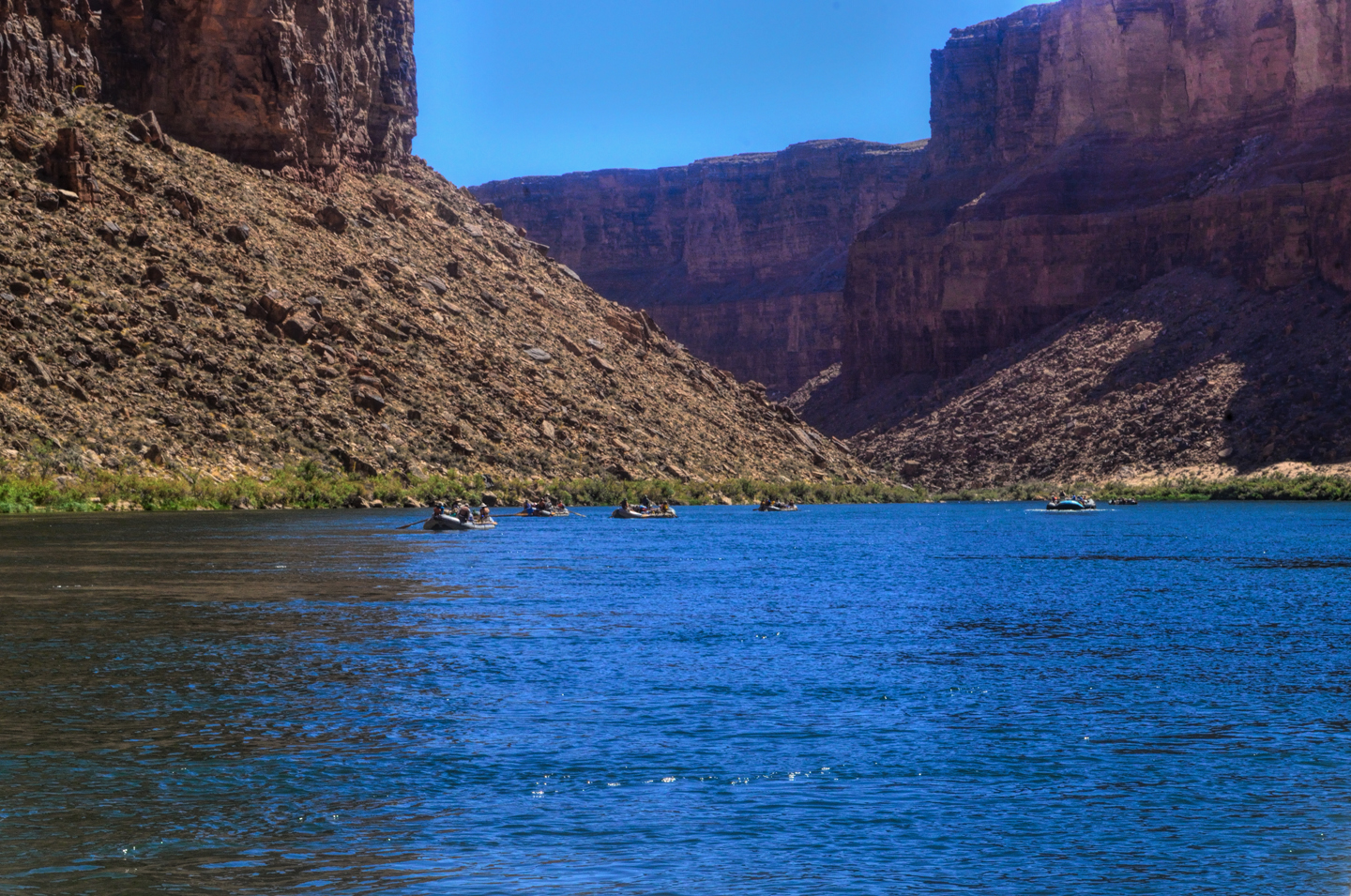
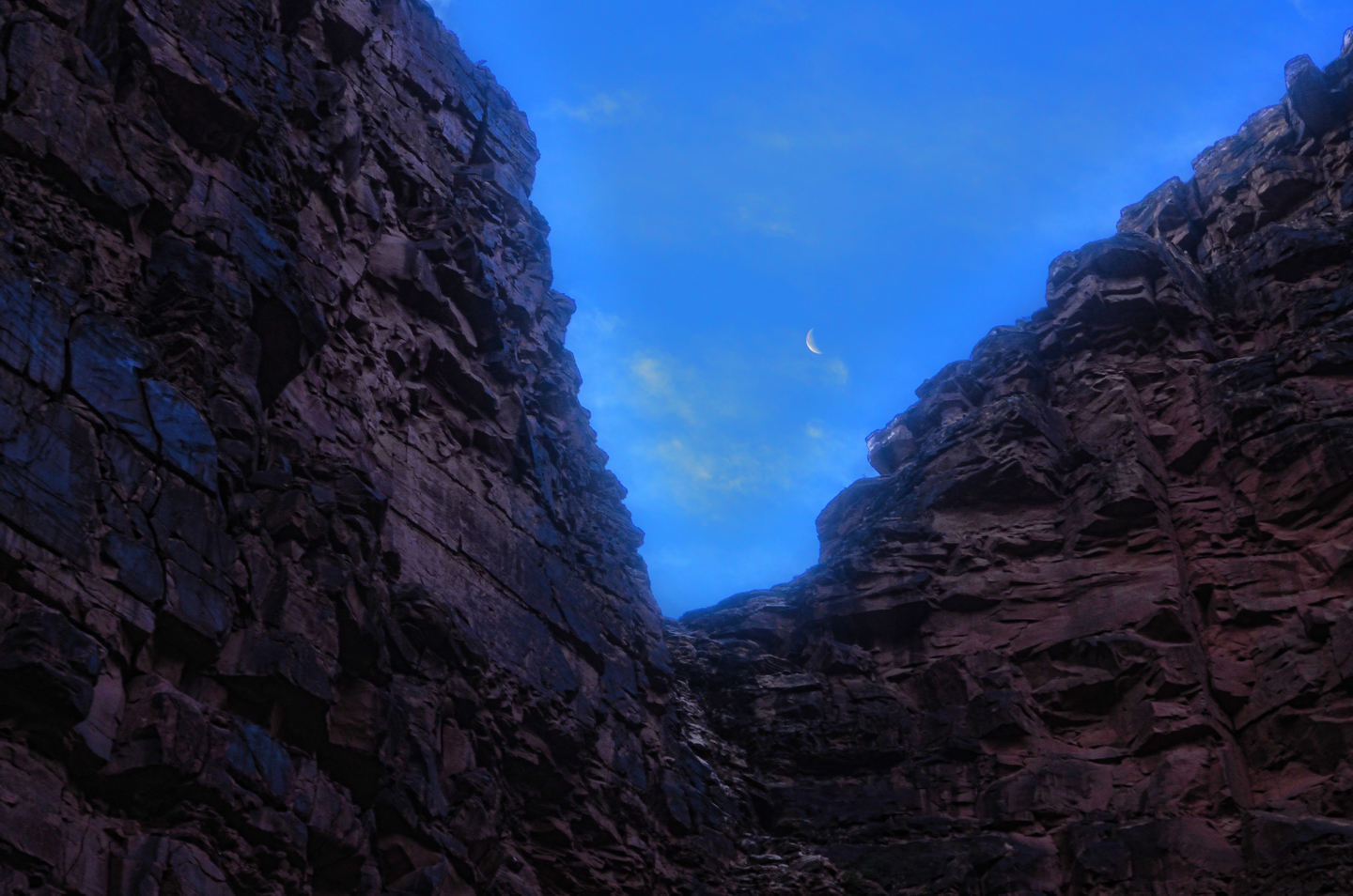

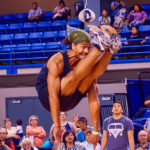
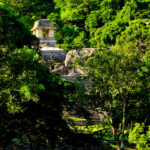
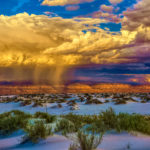
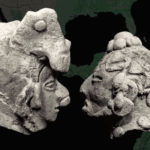
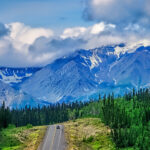
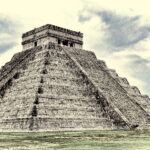
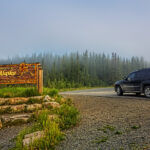
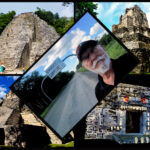
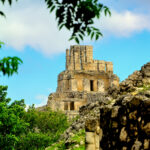

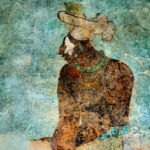
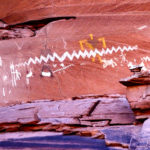
Recent Comments